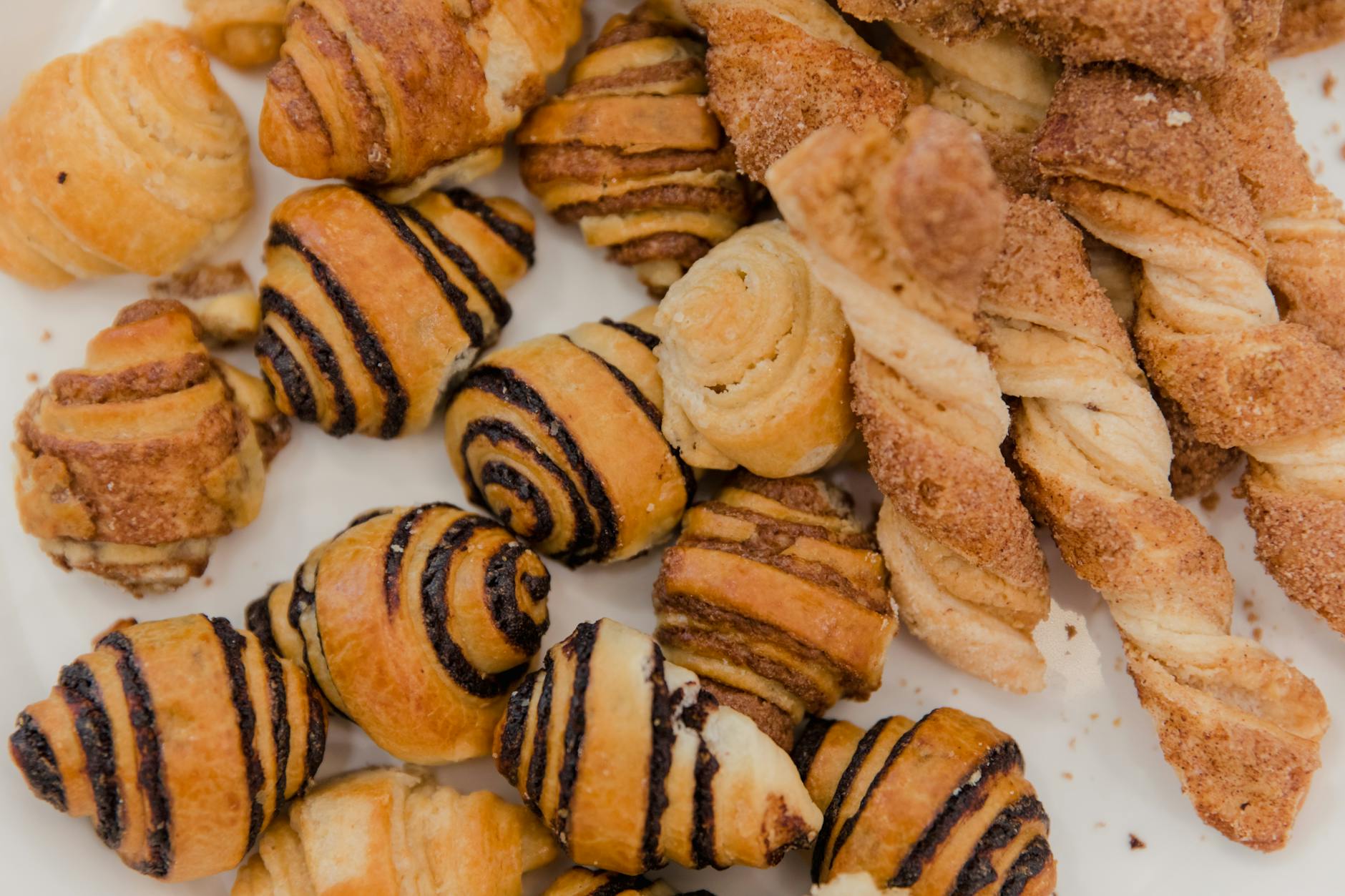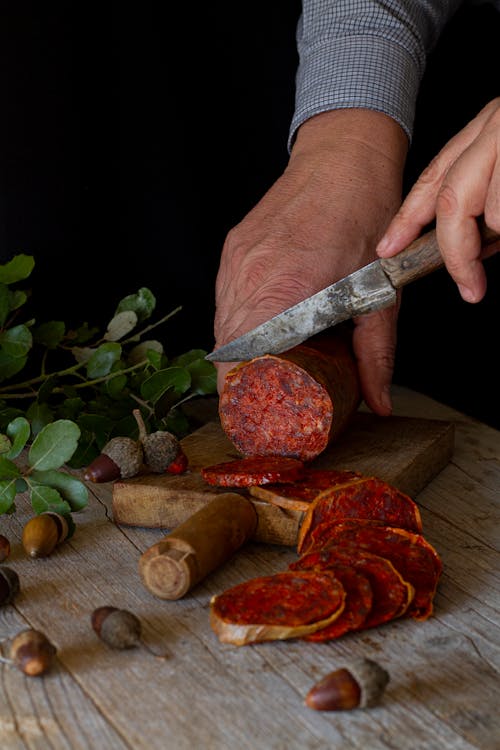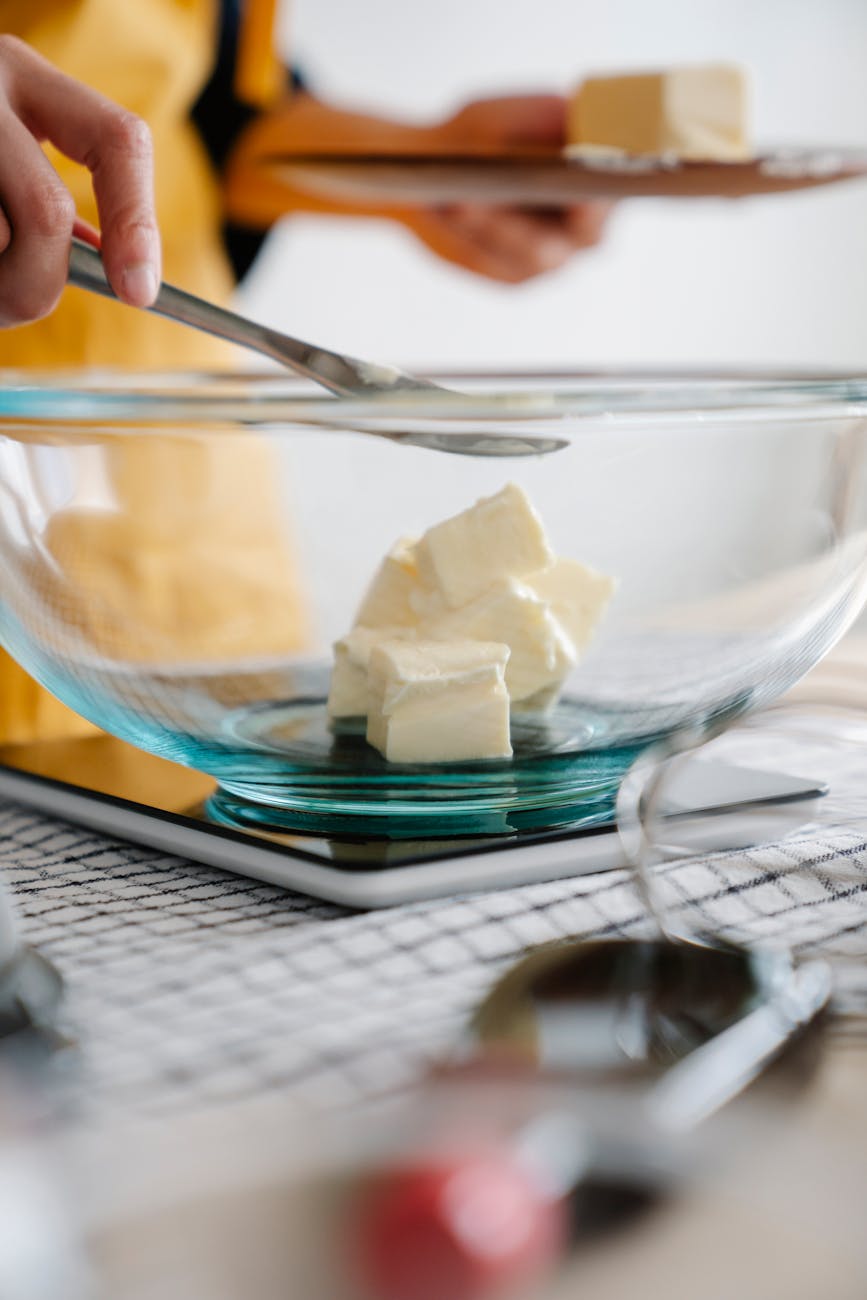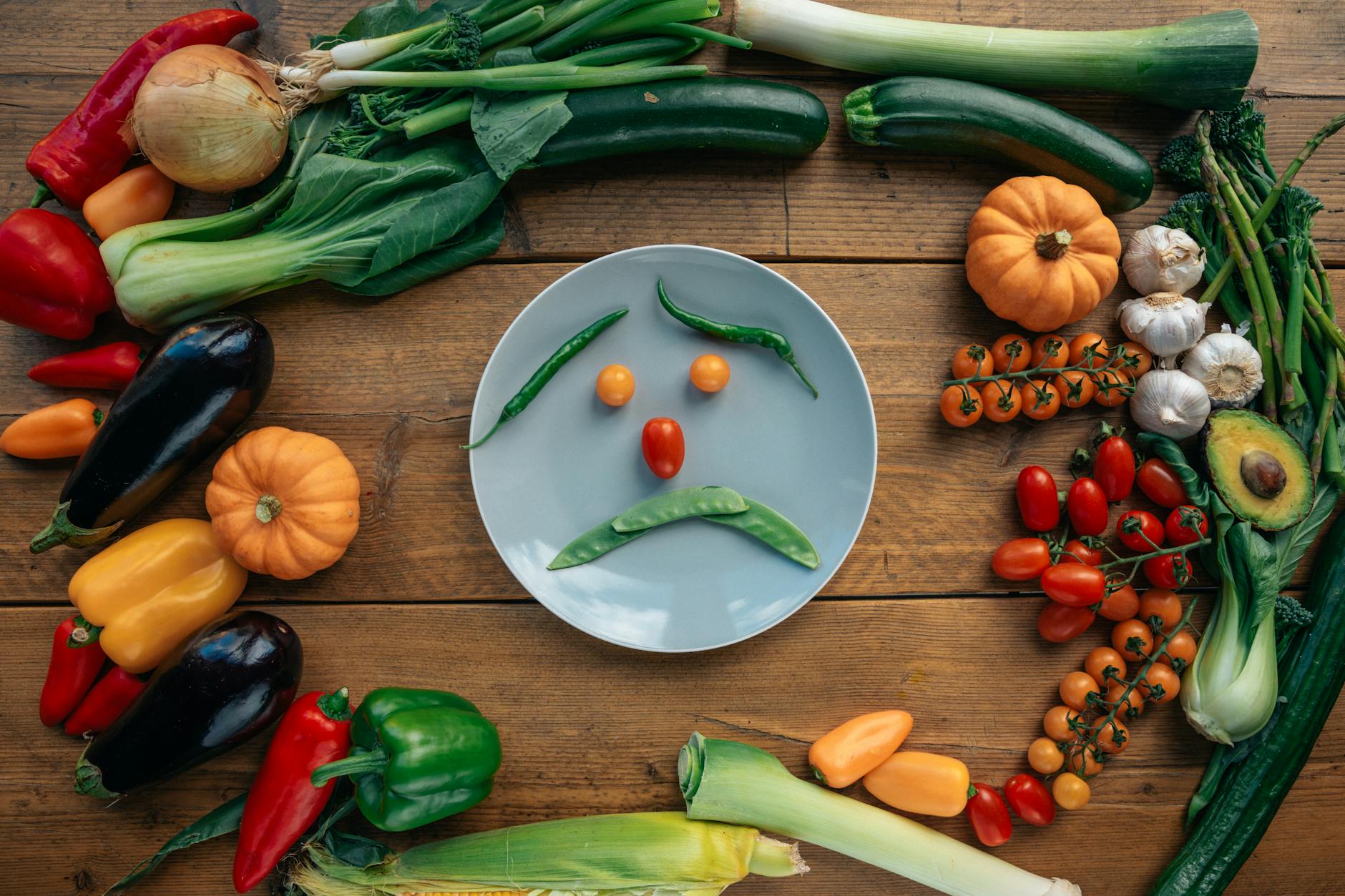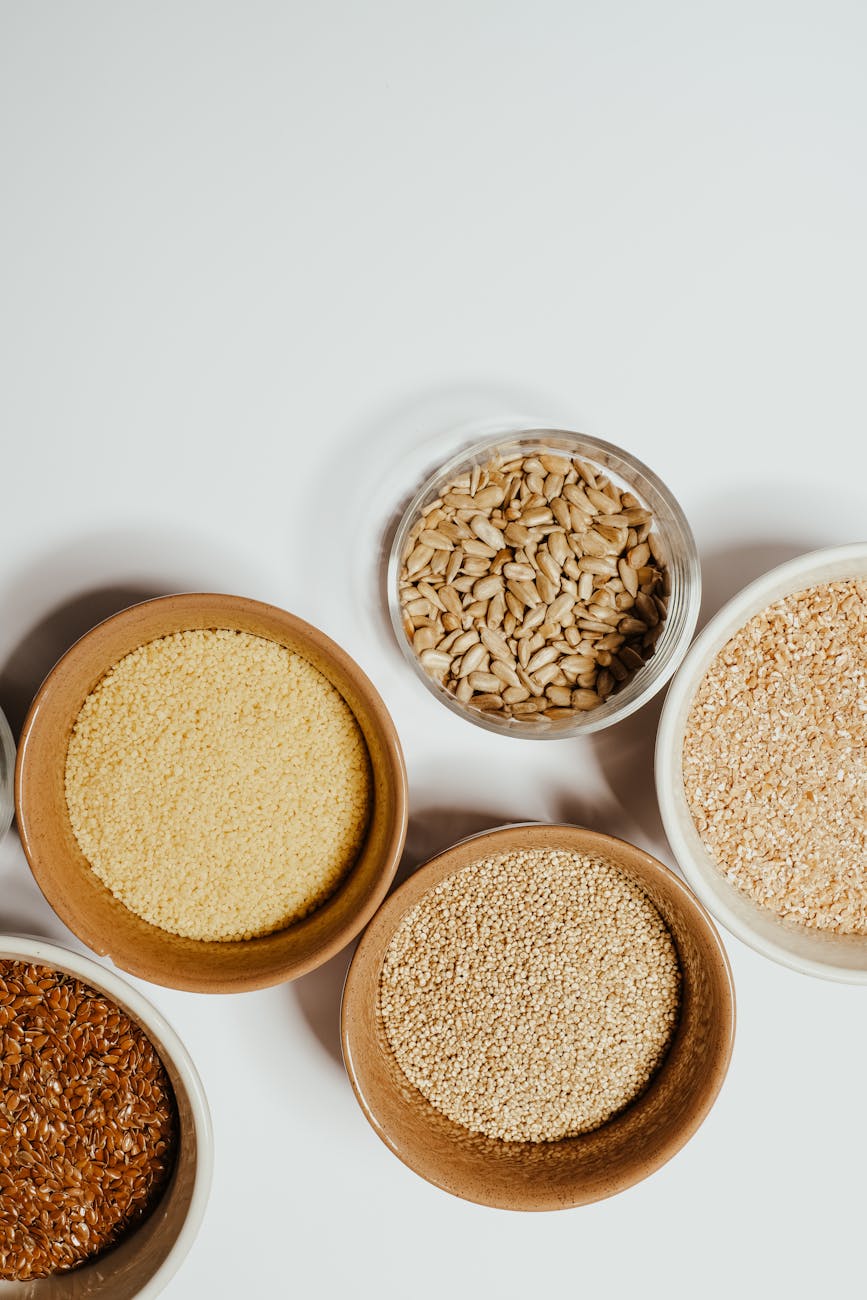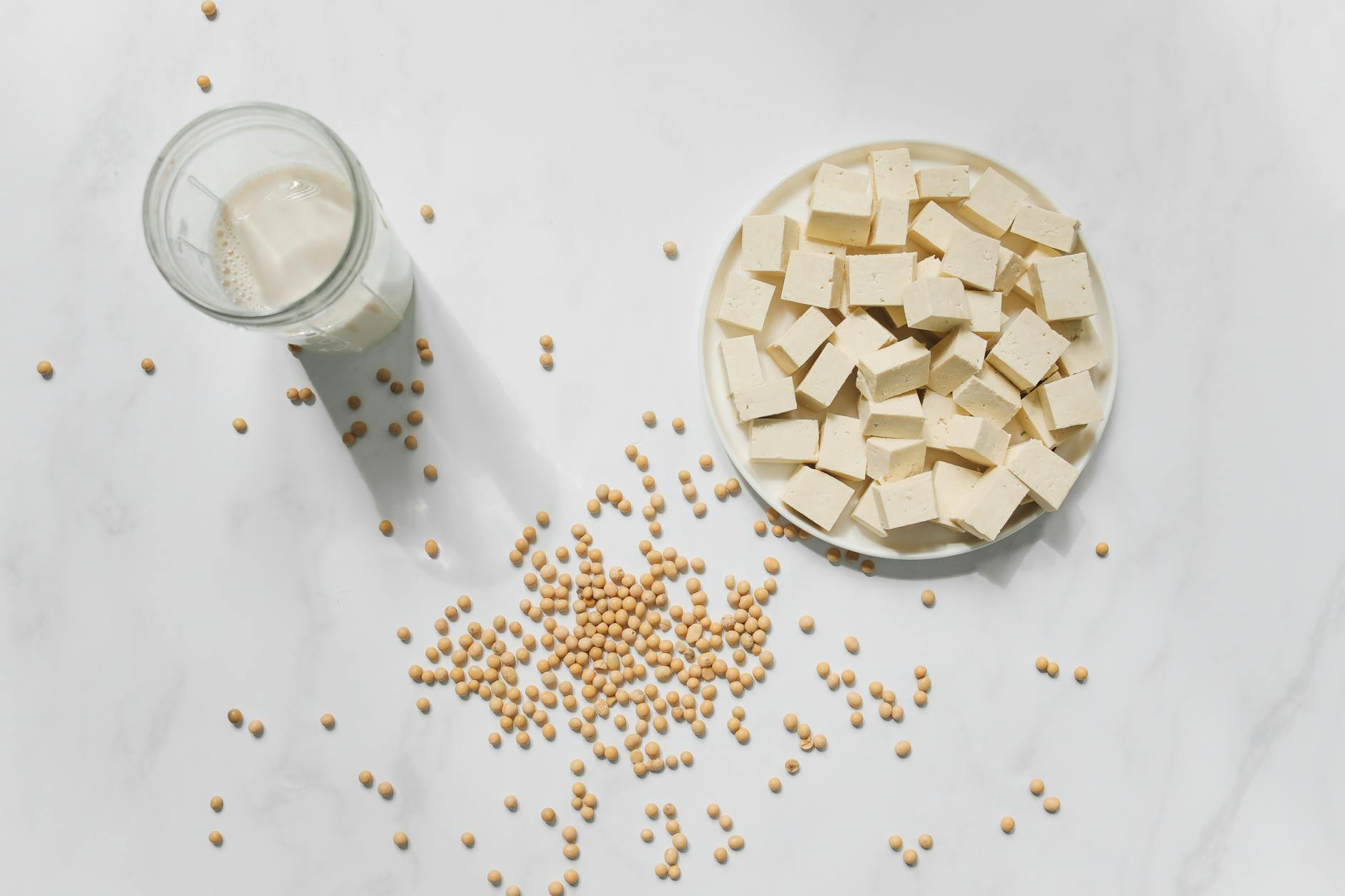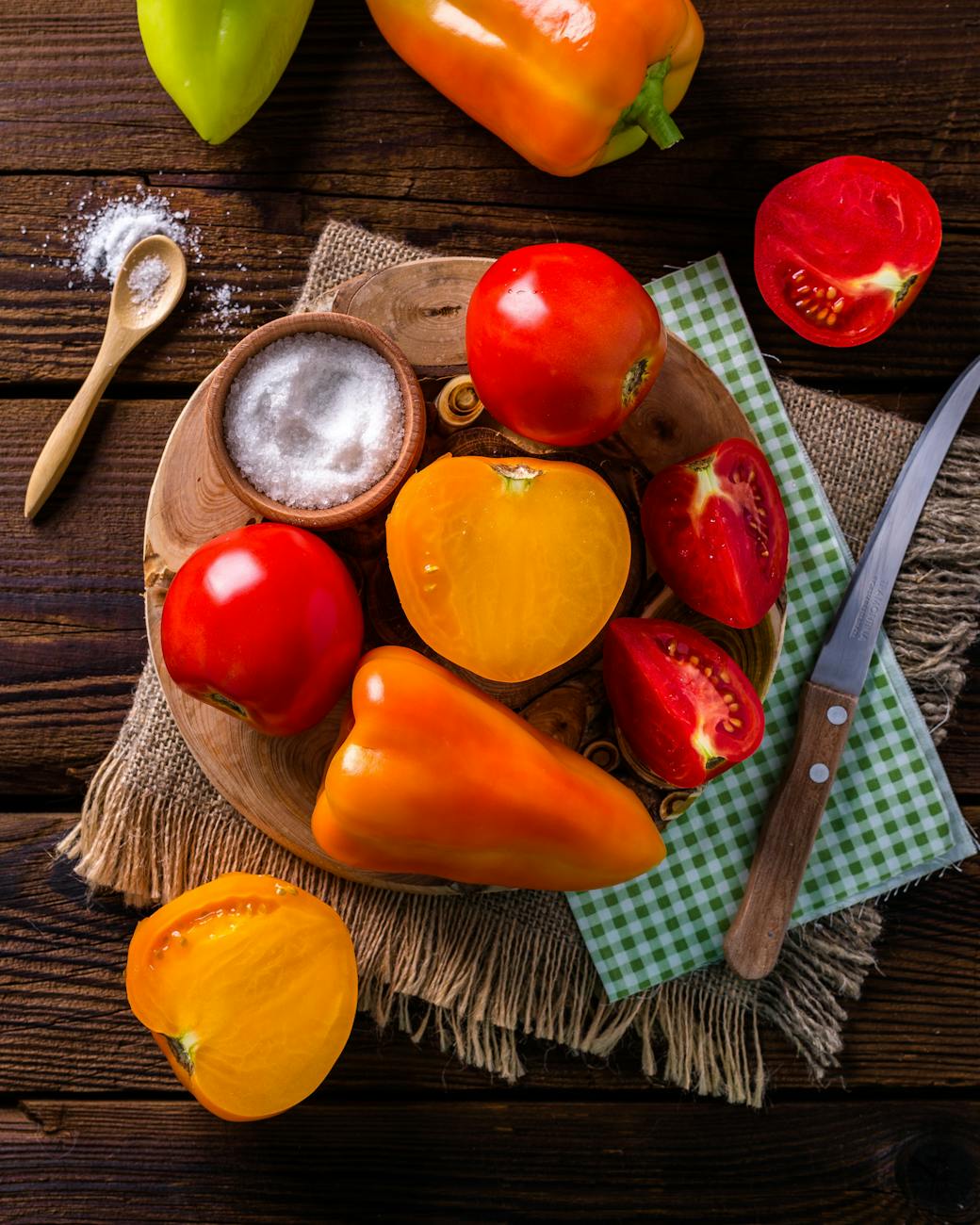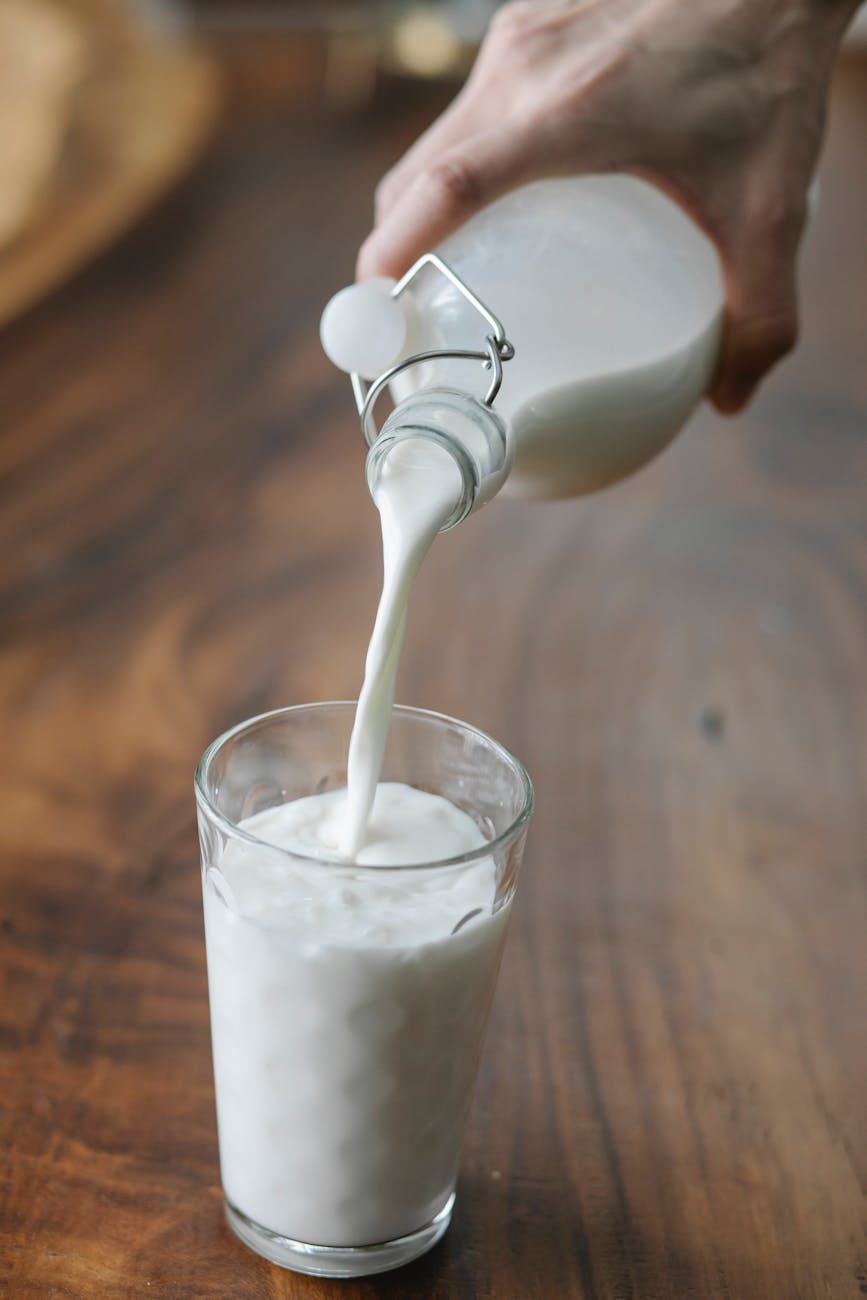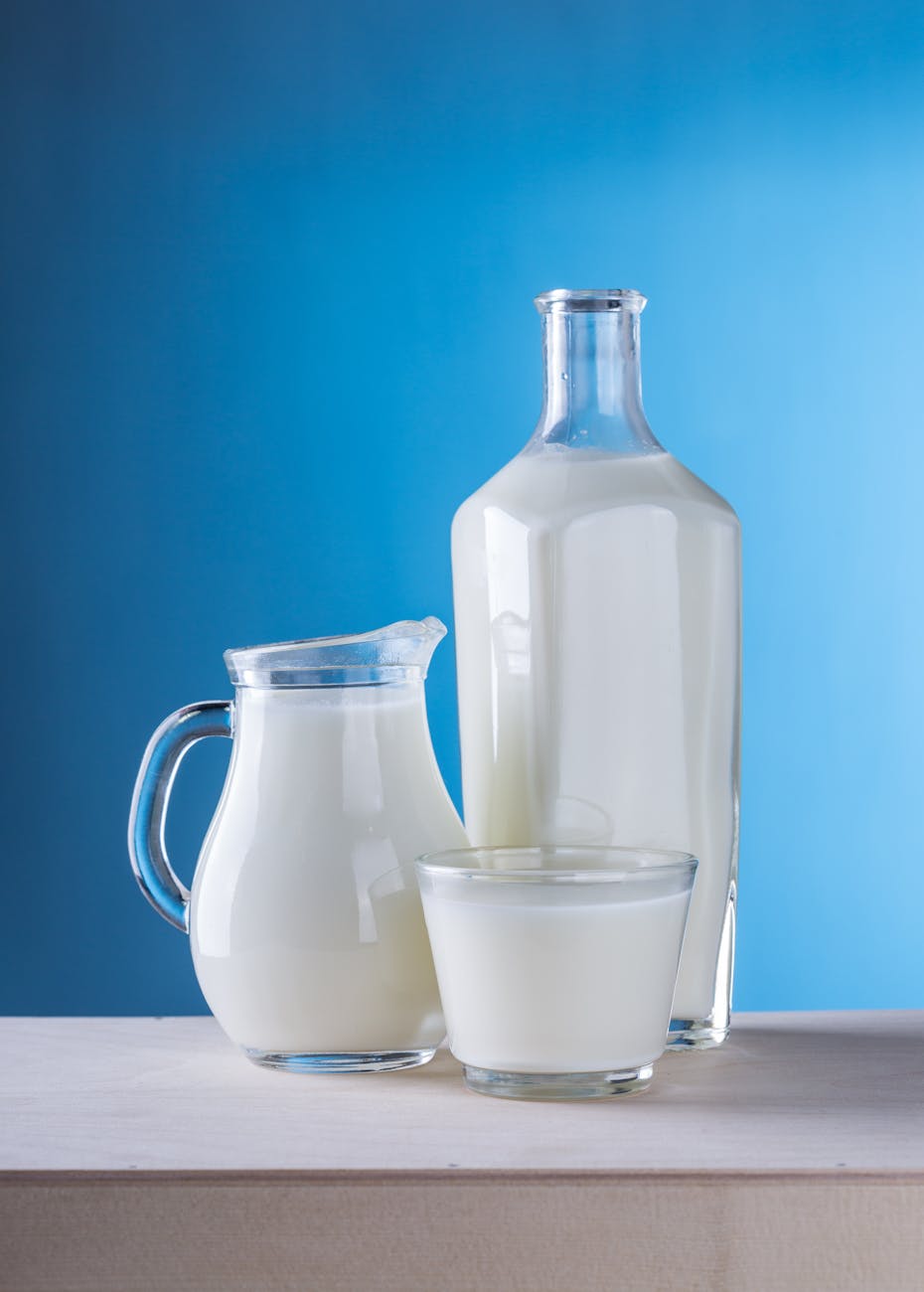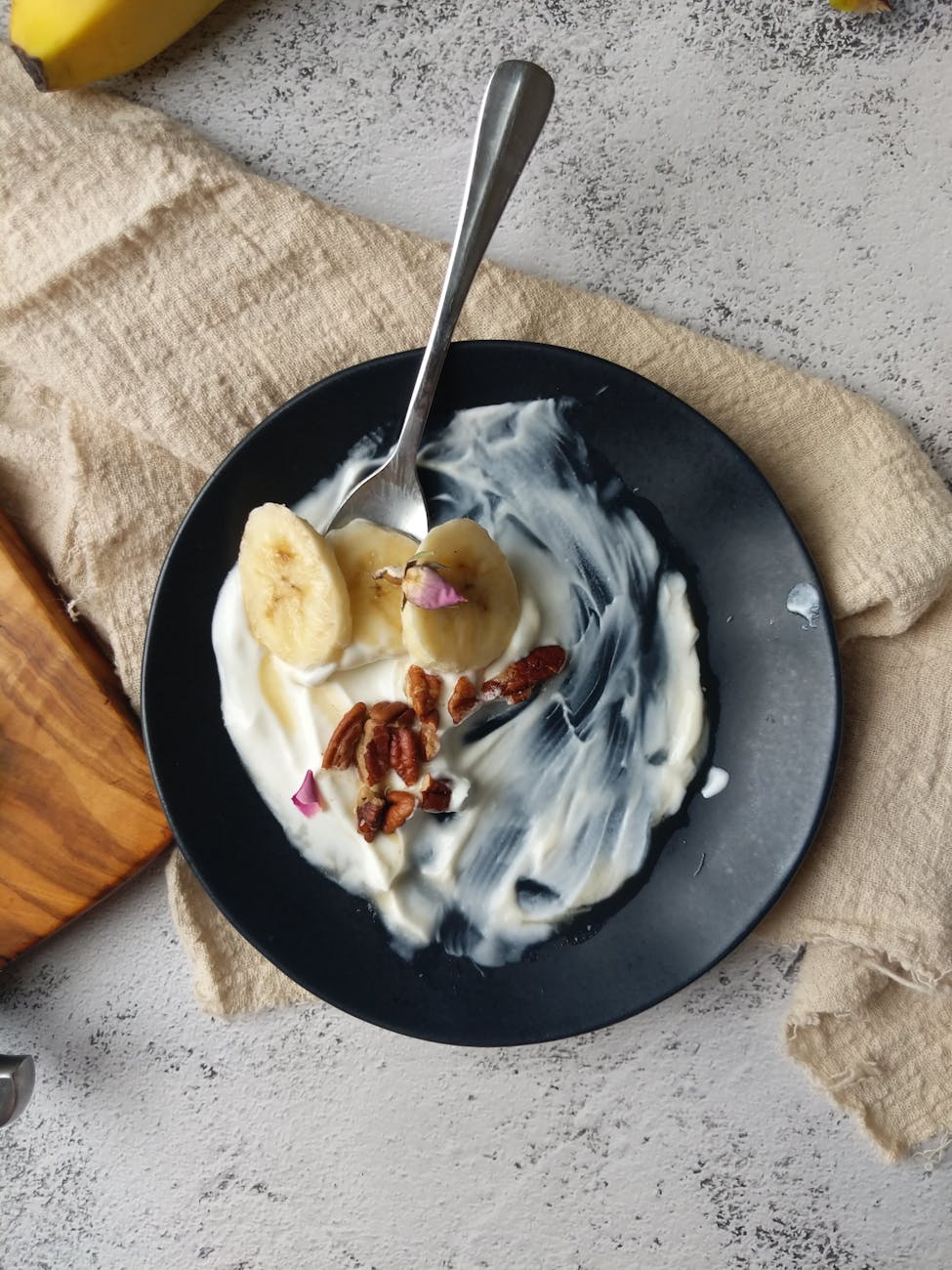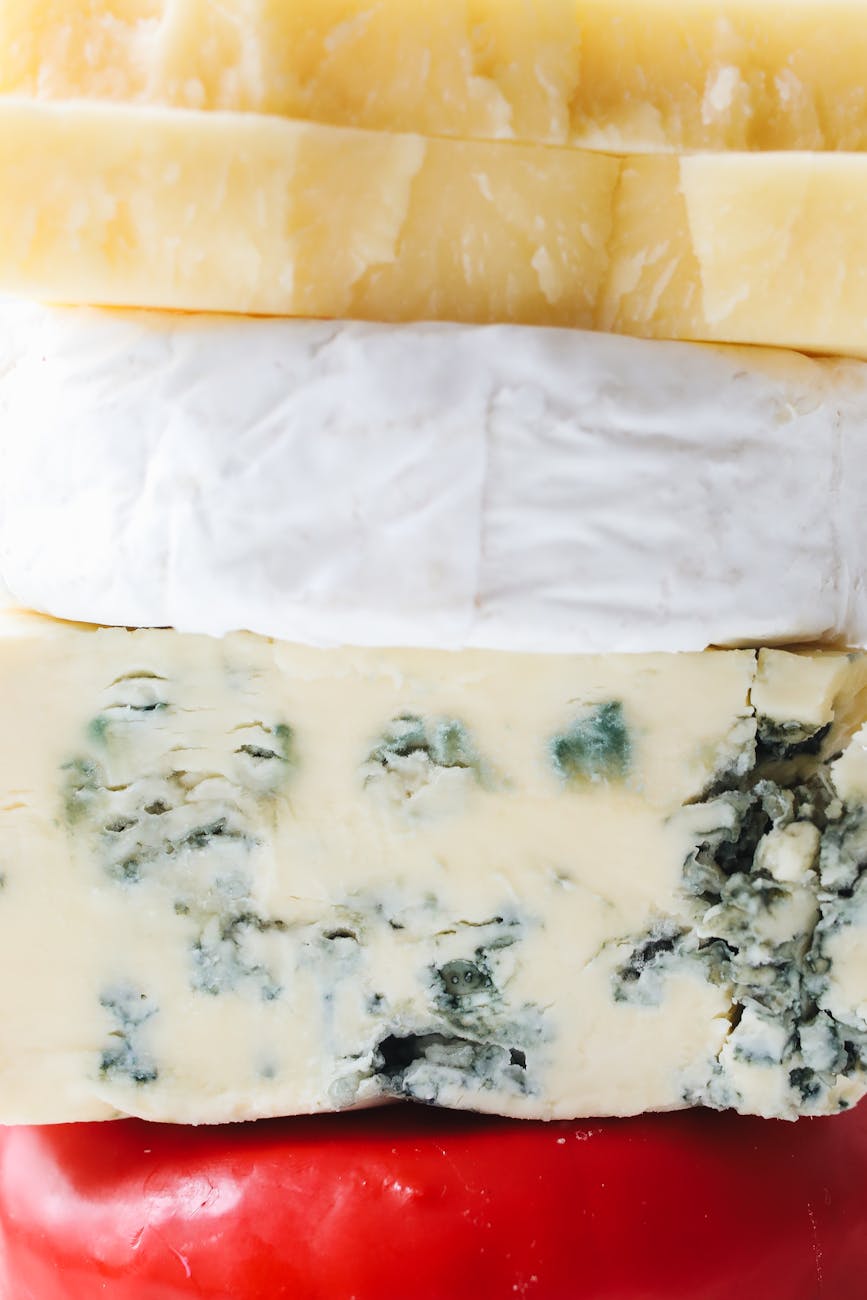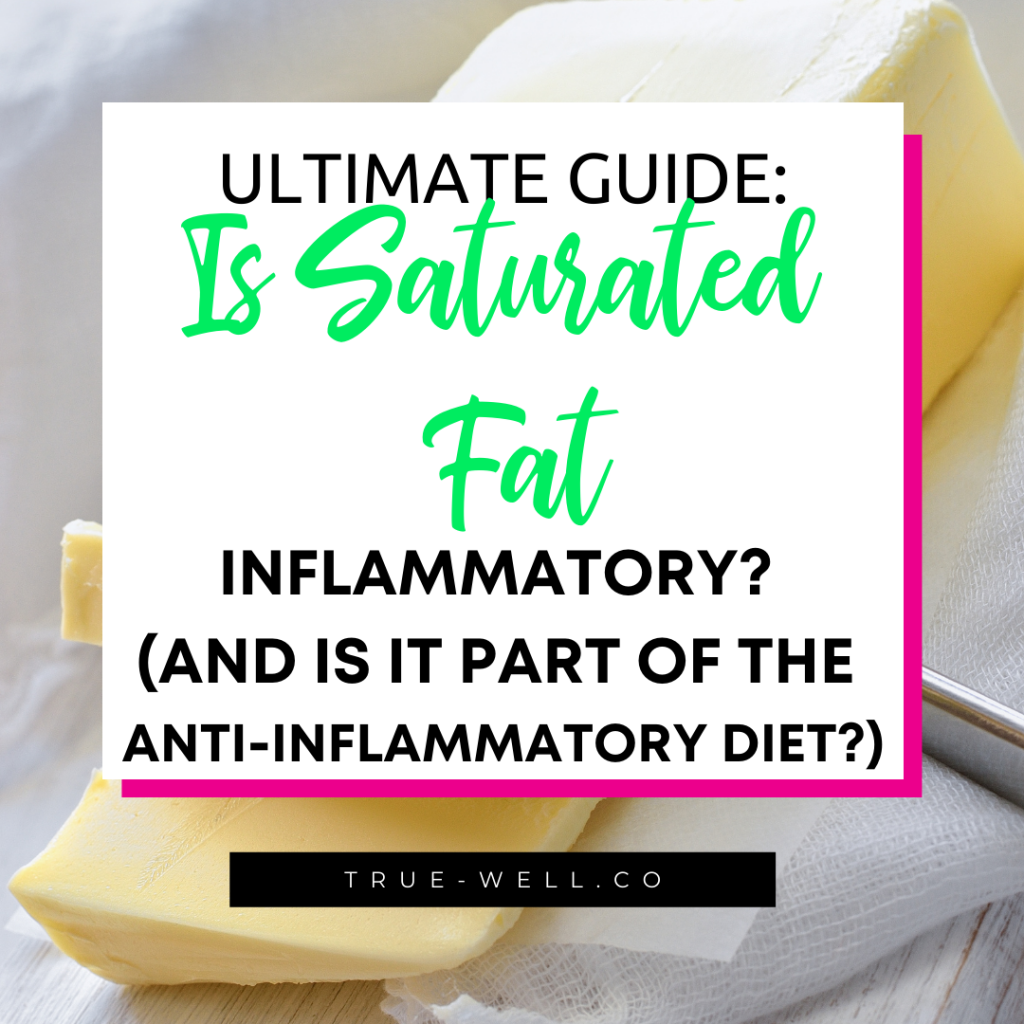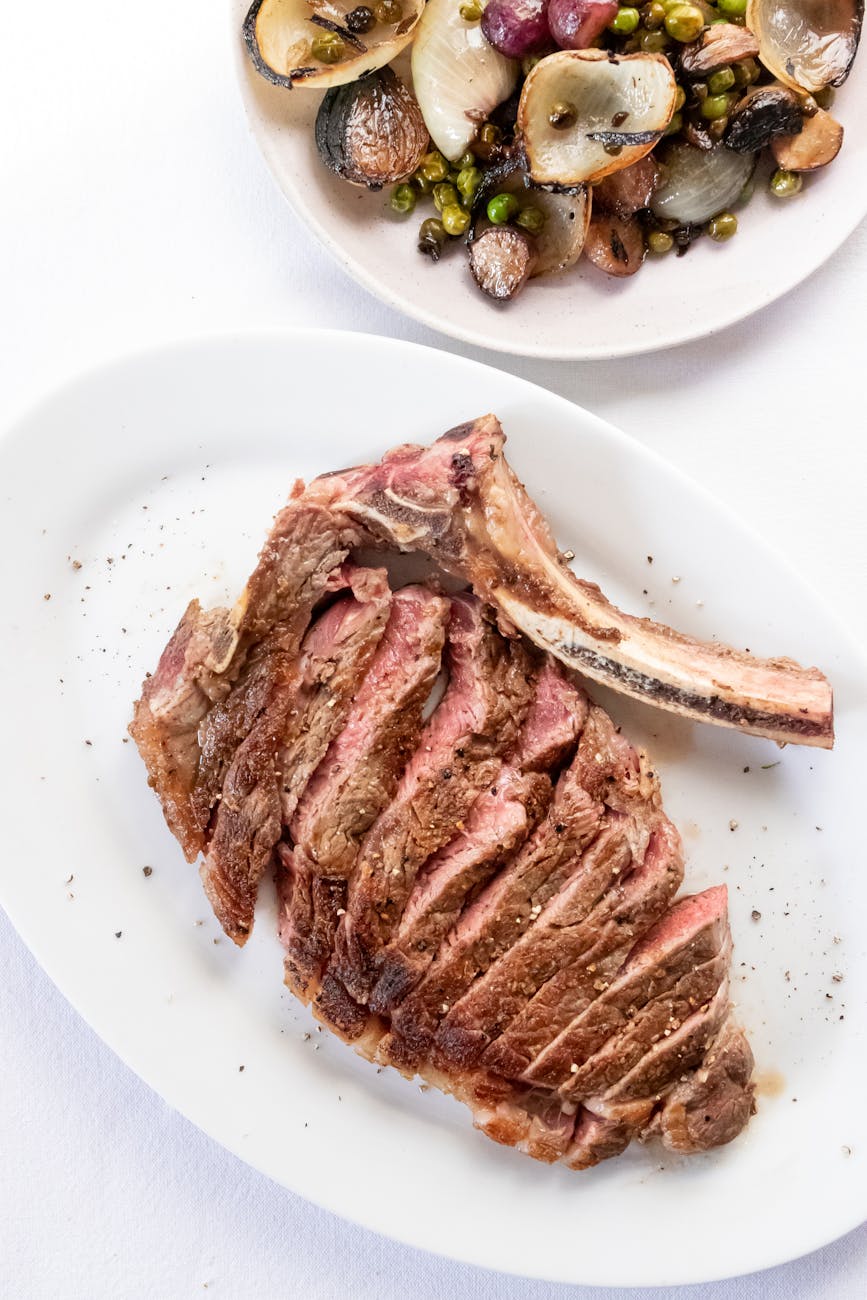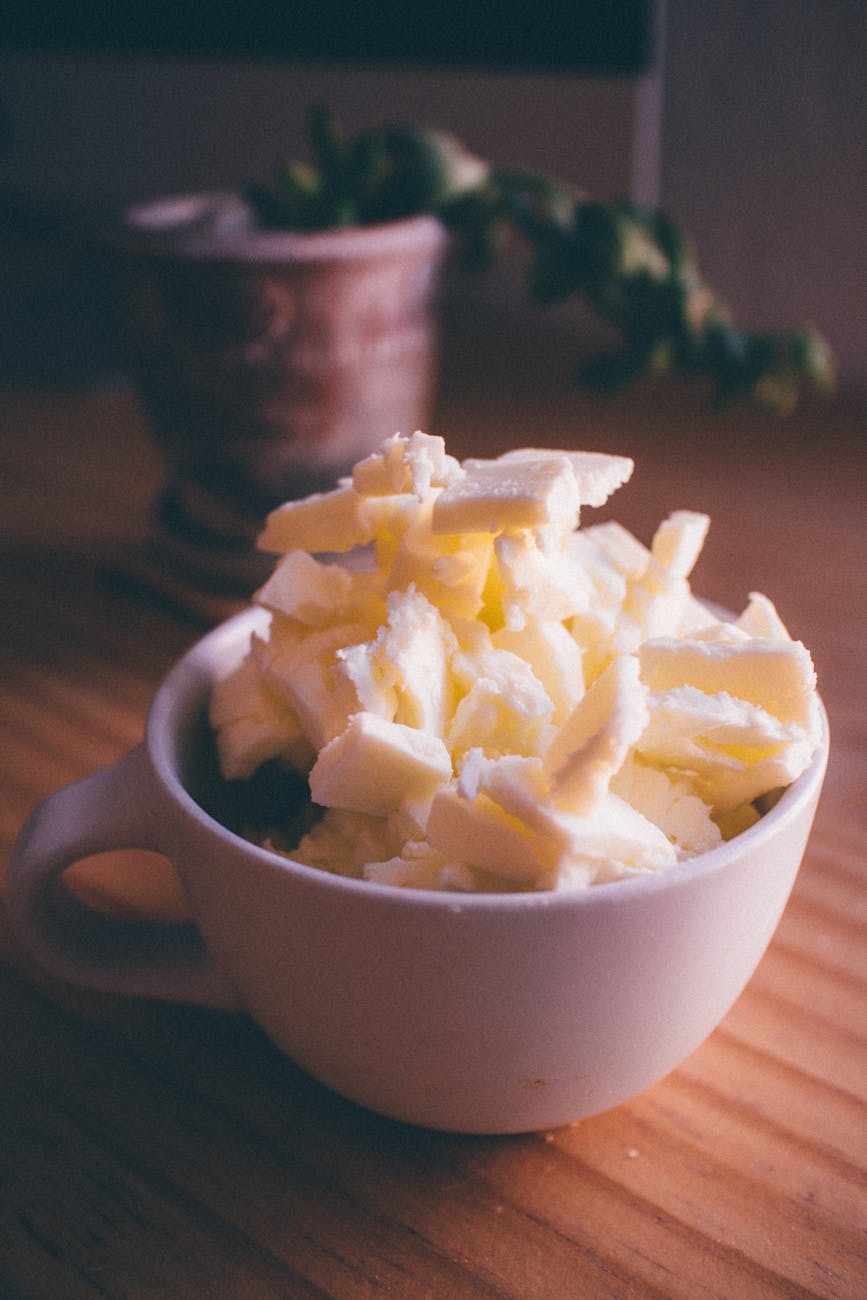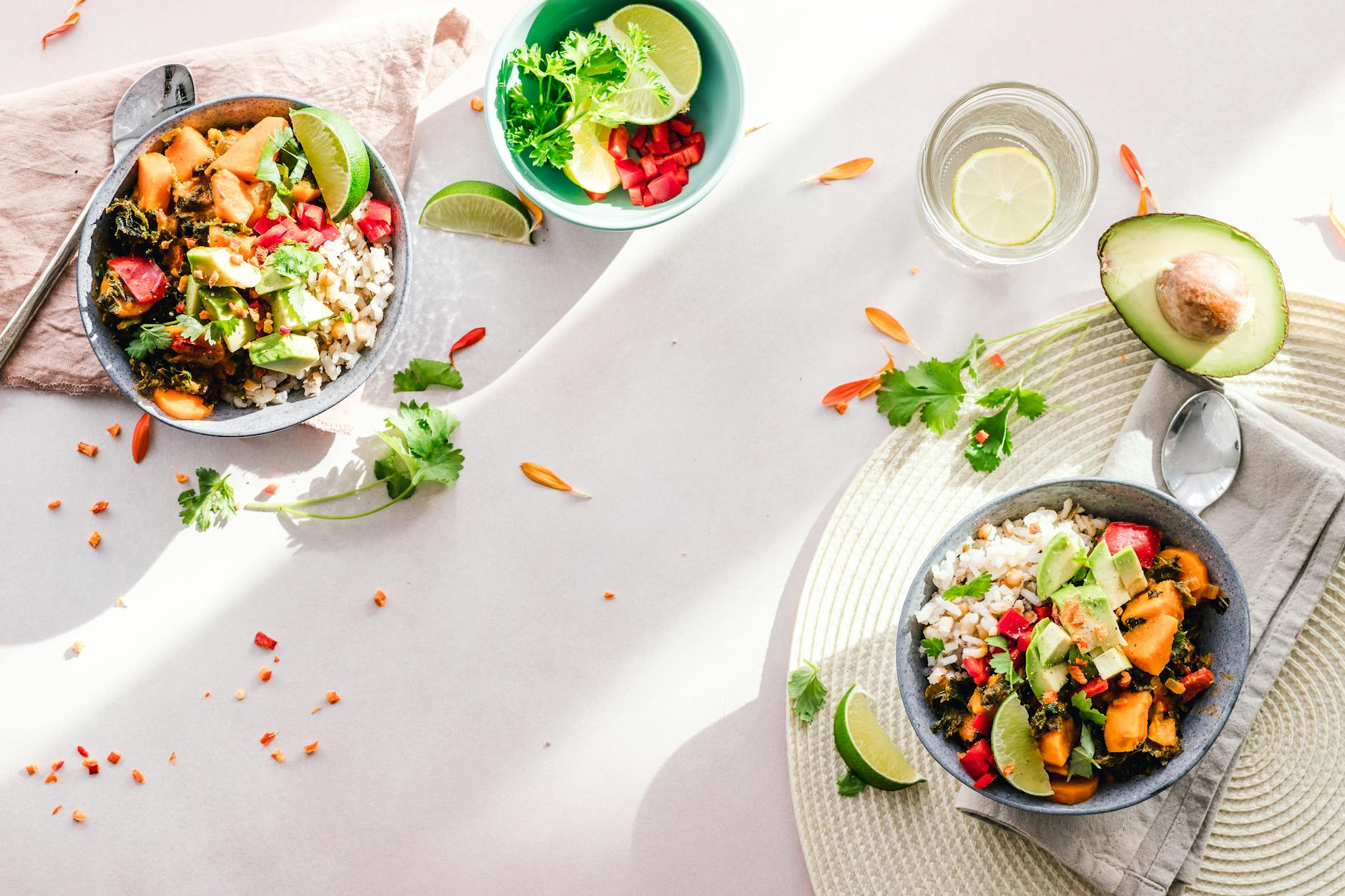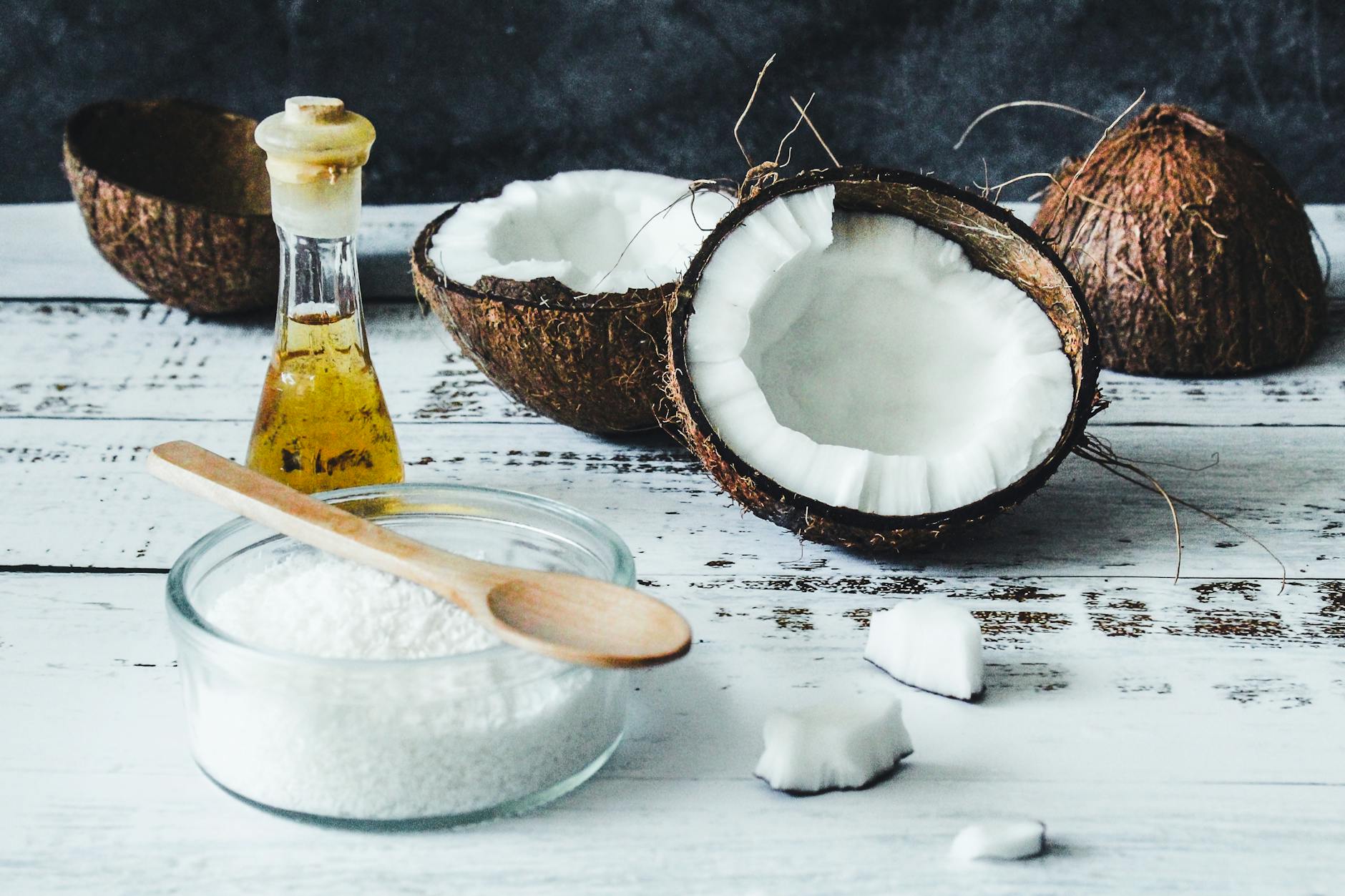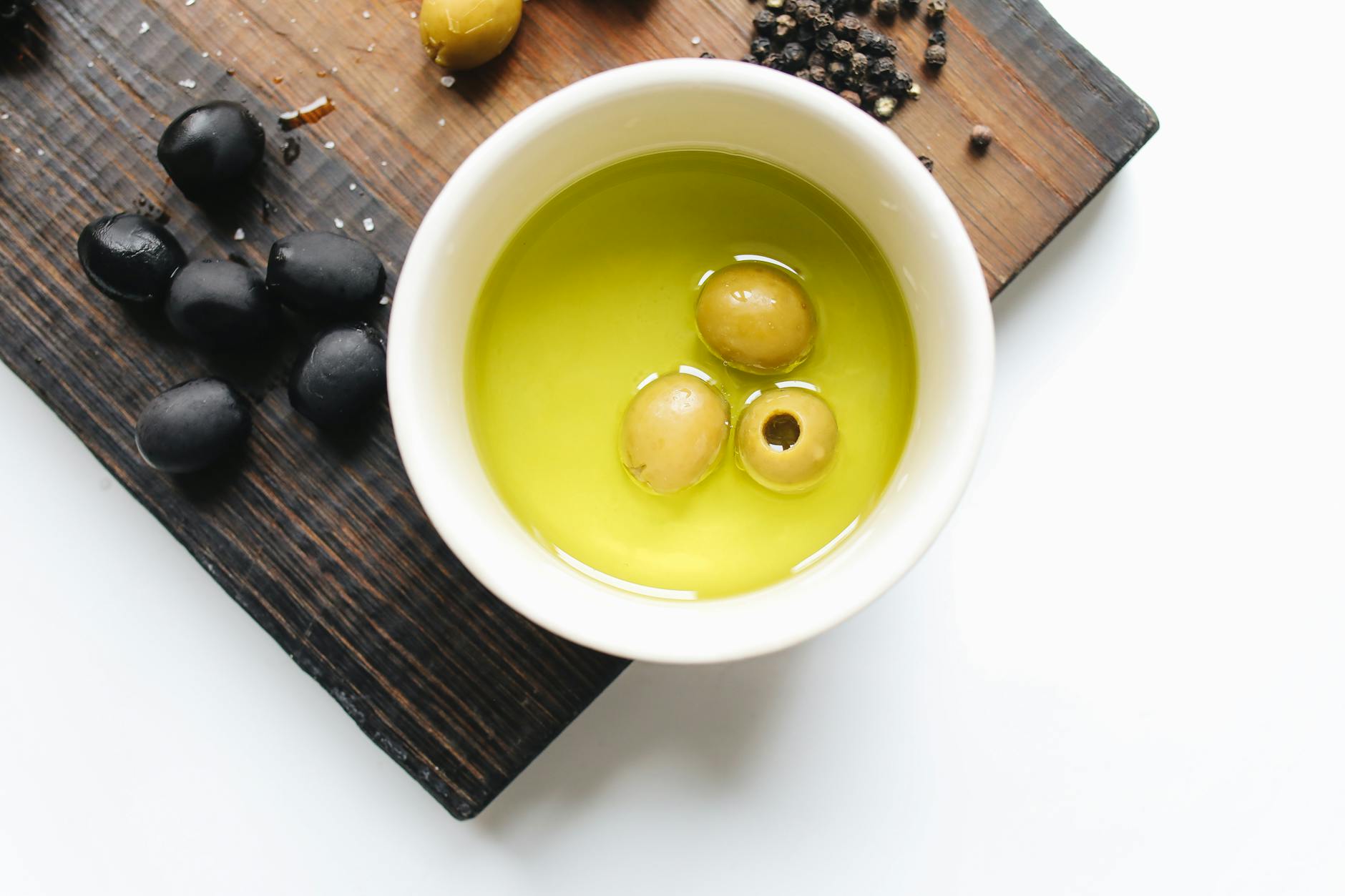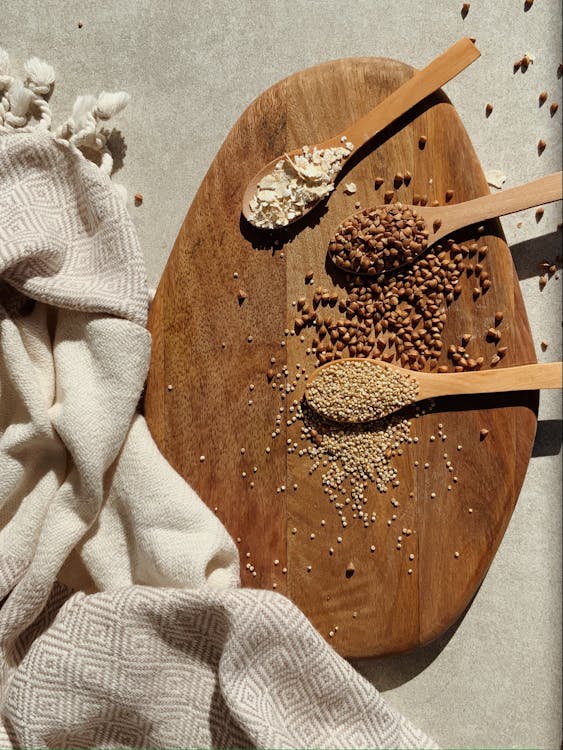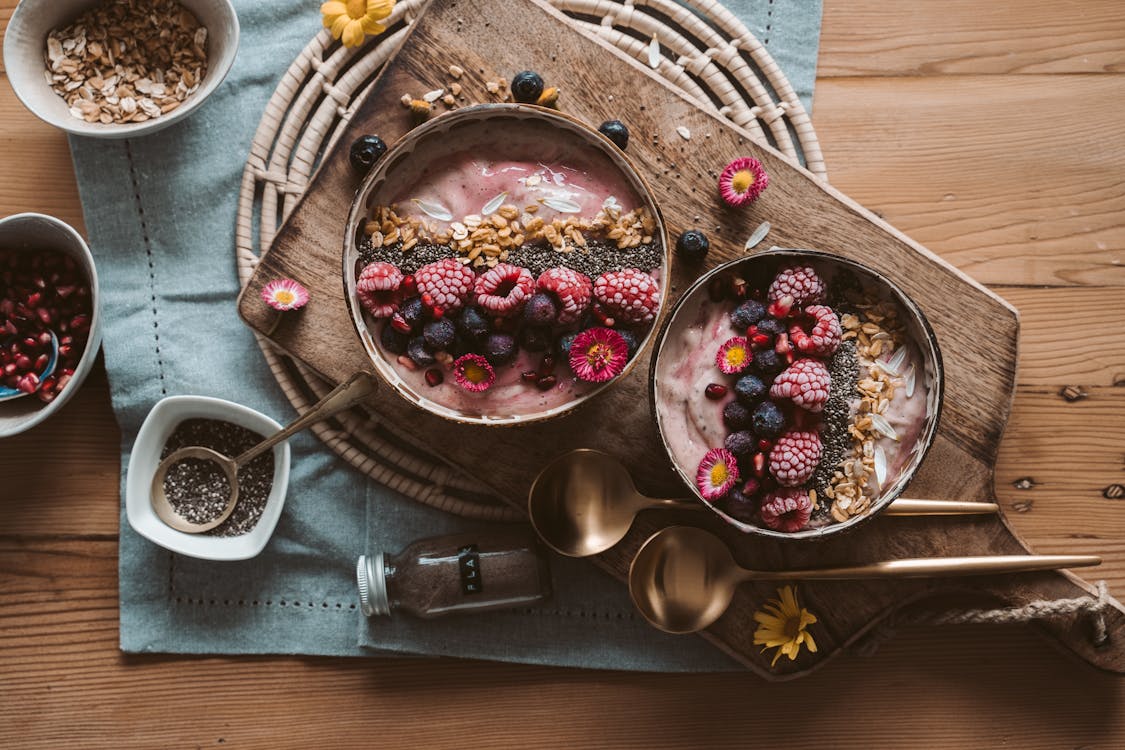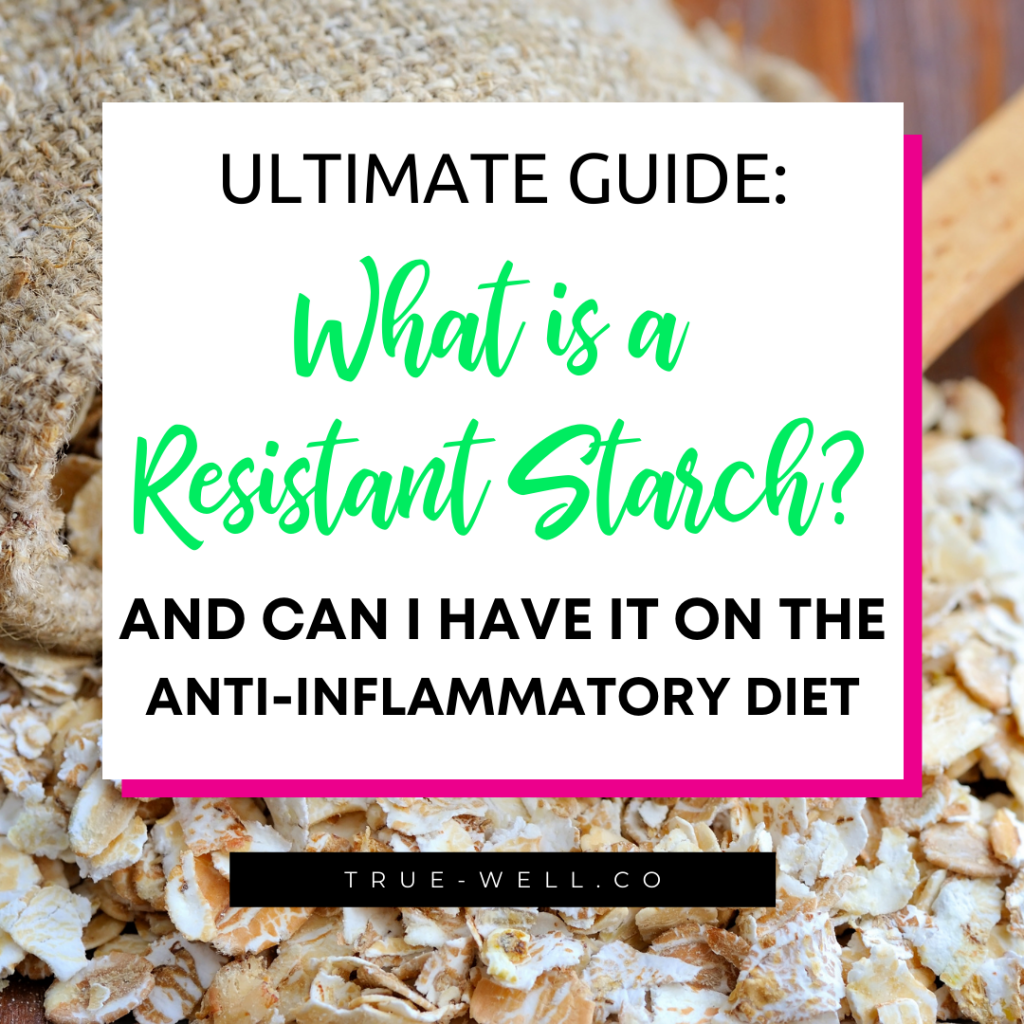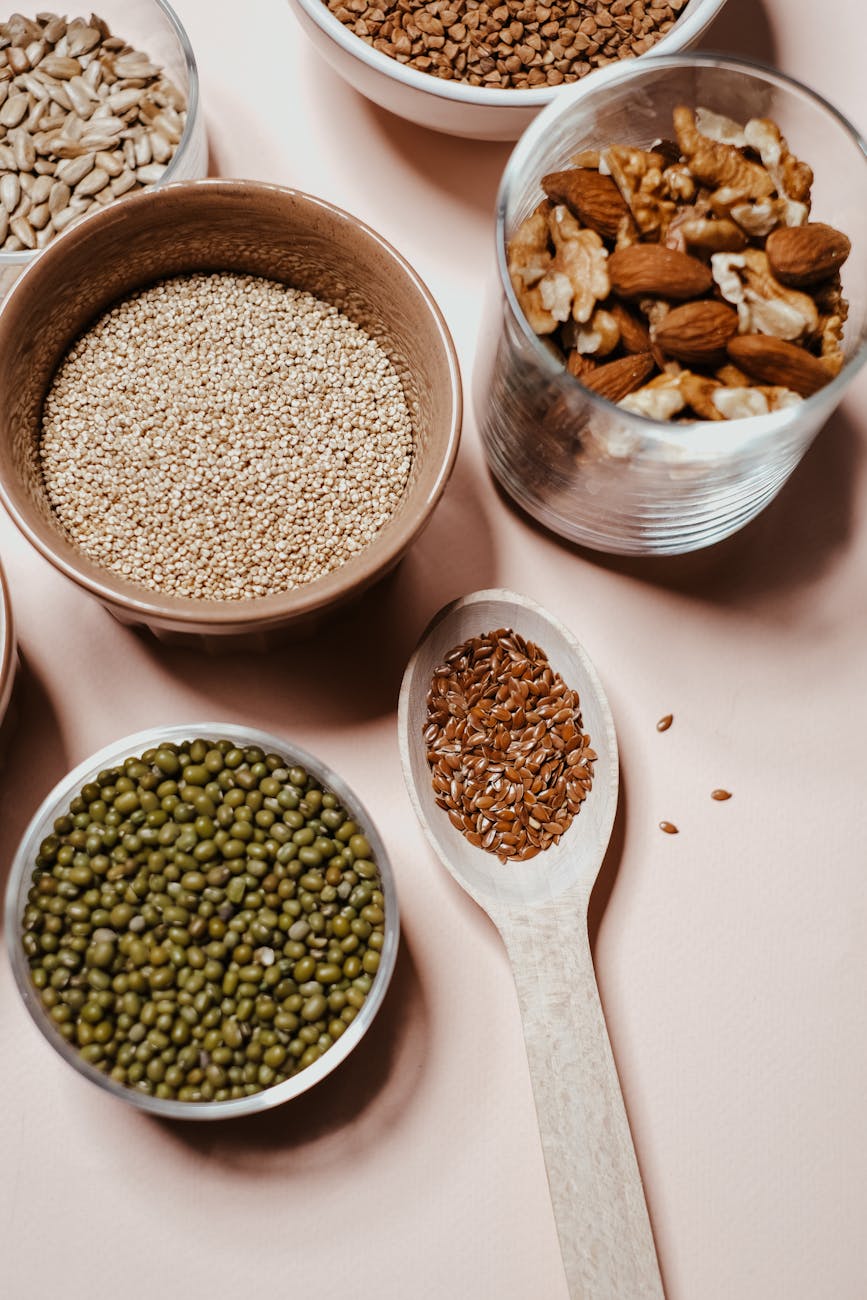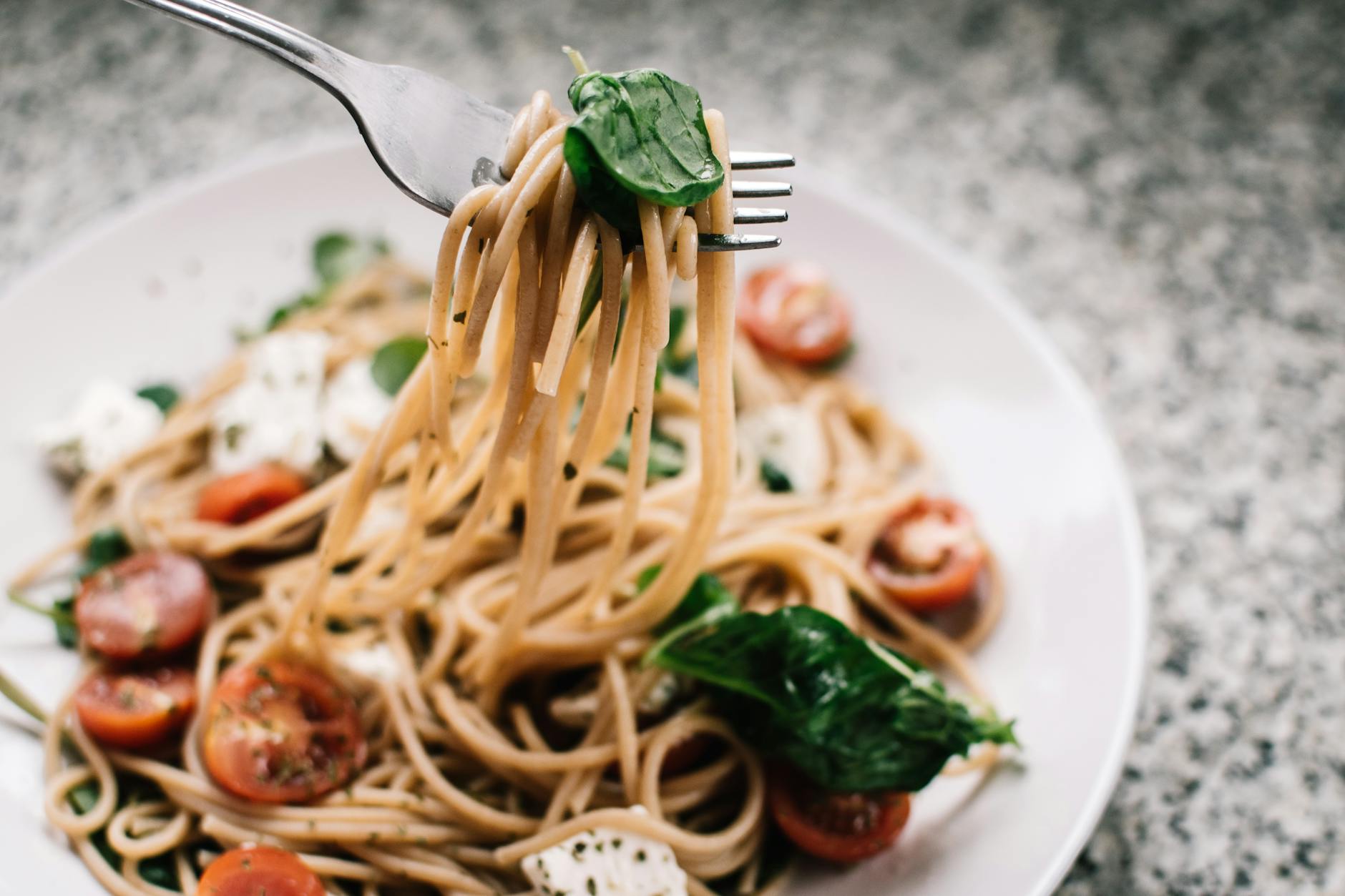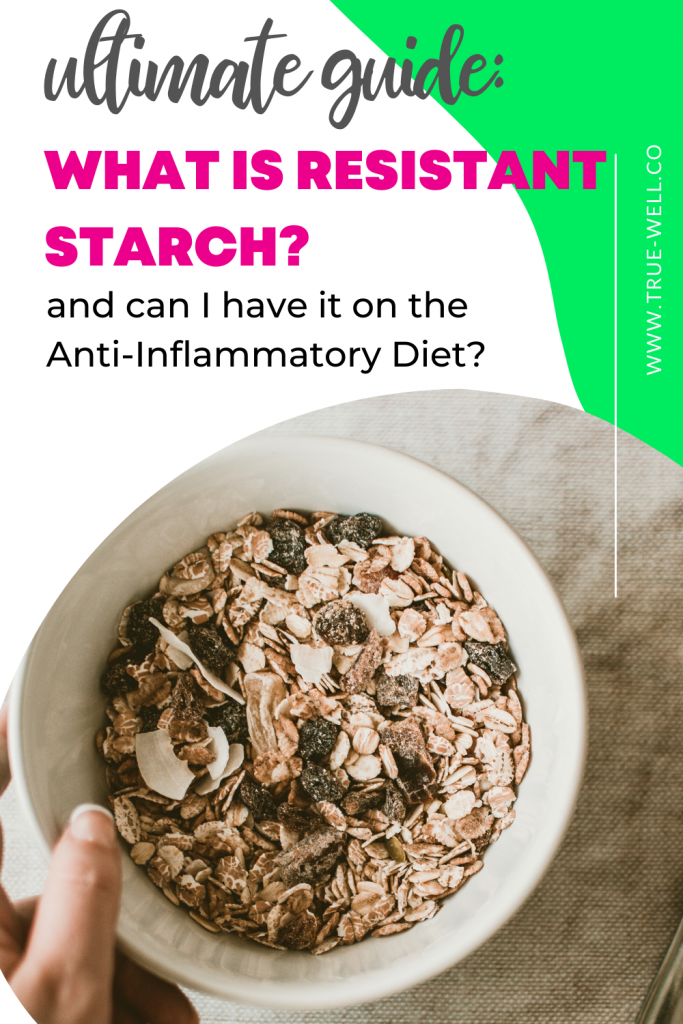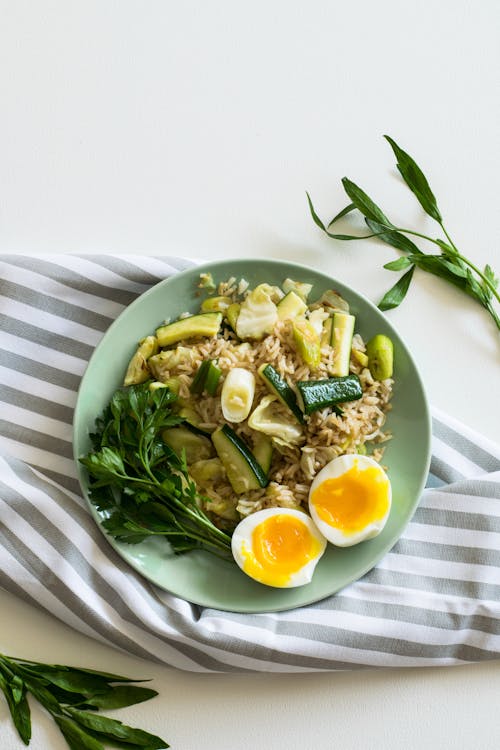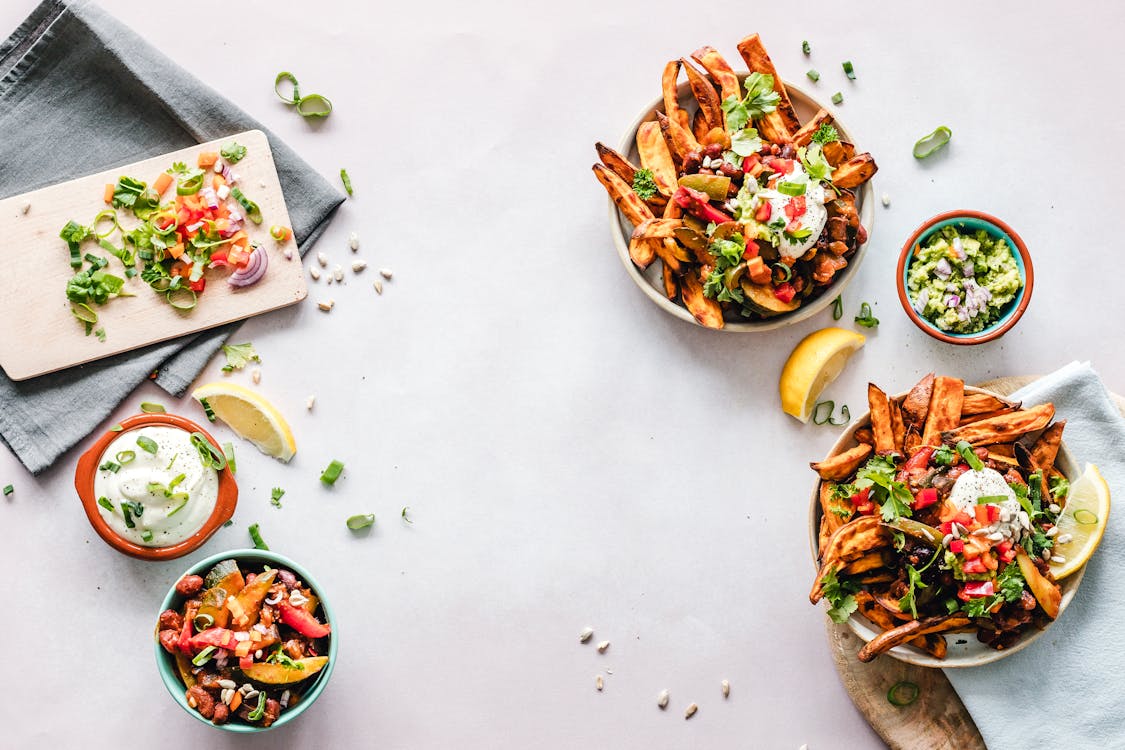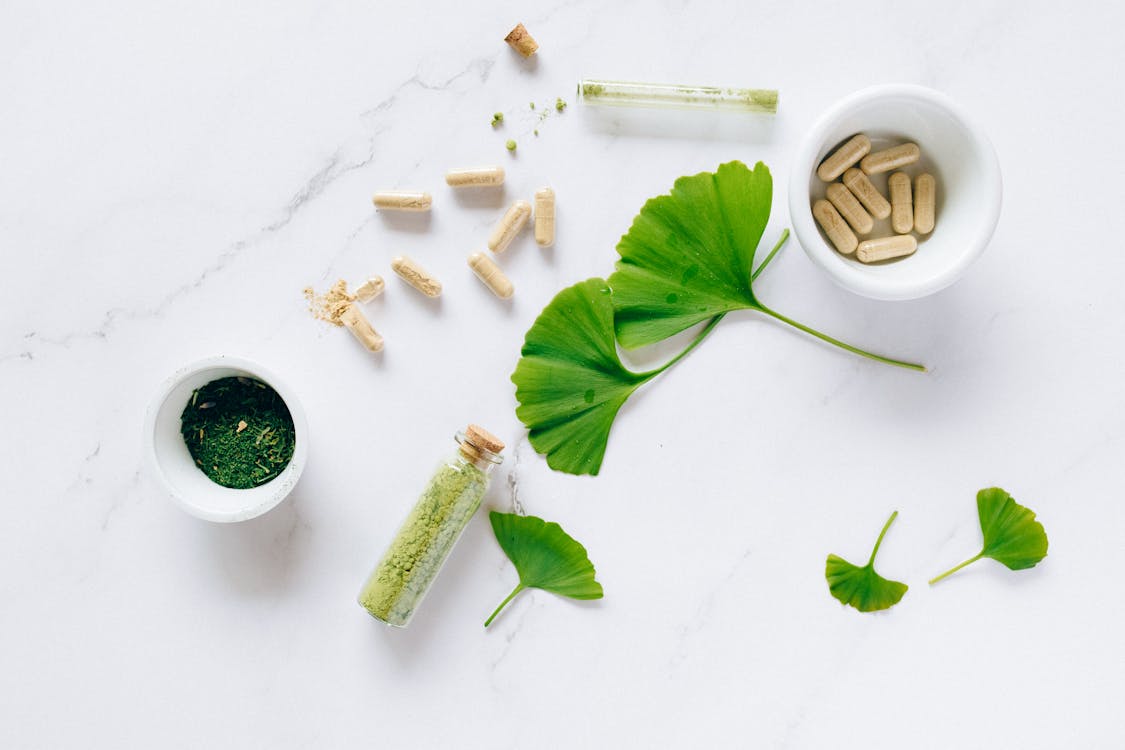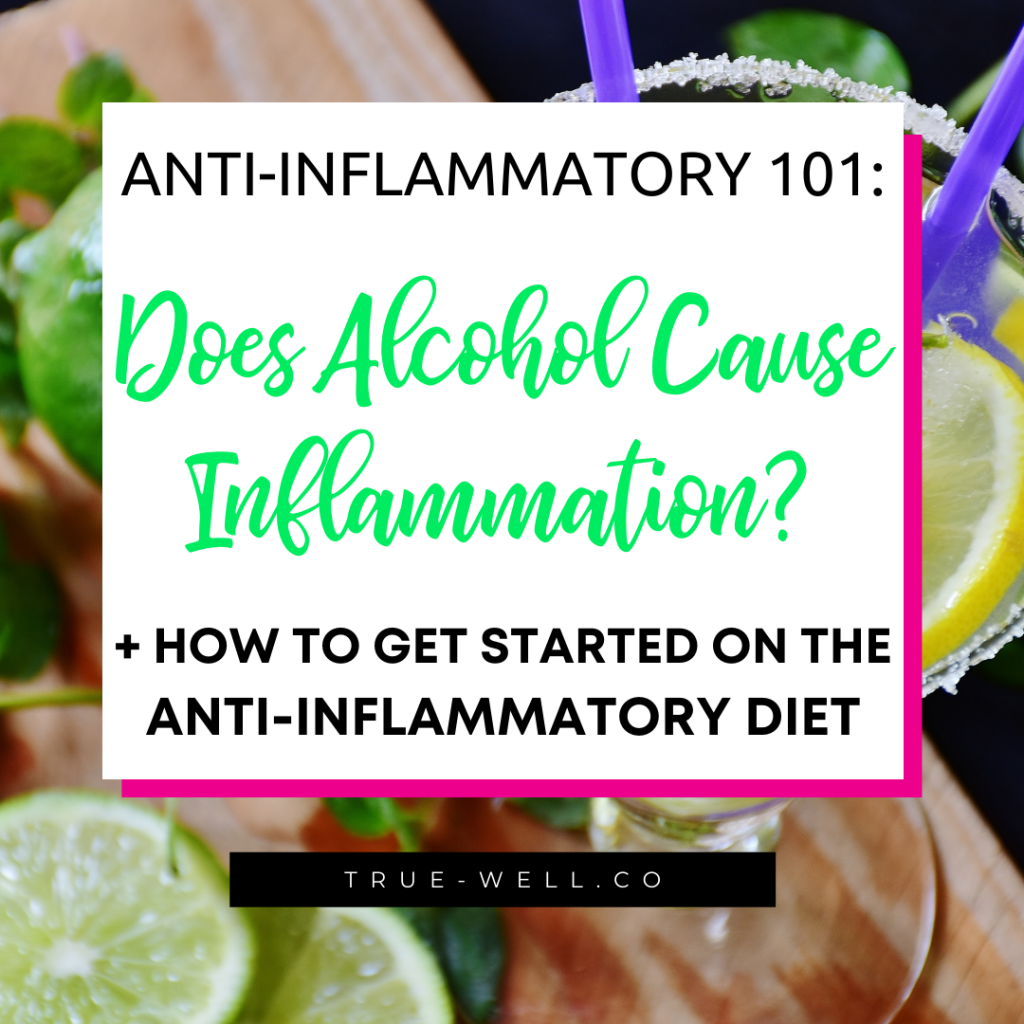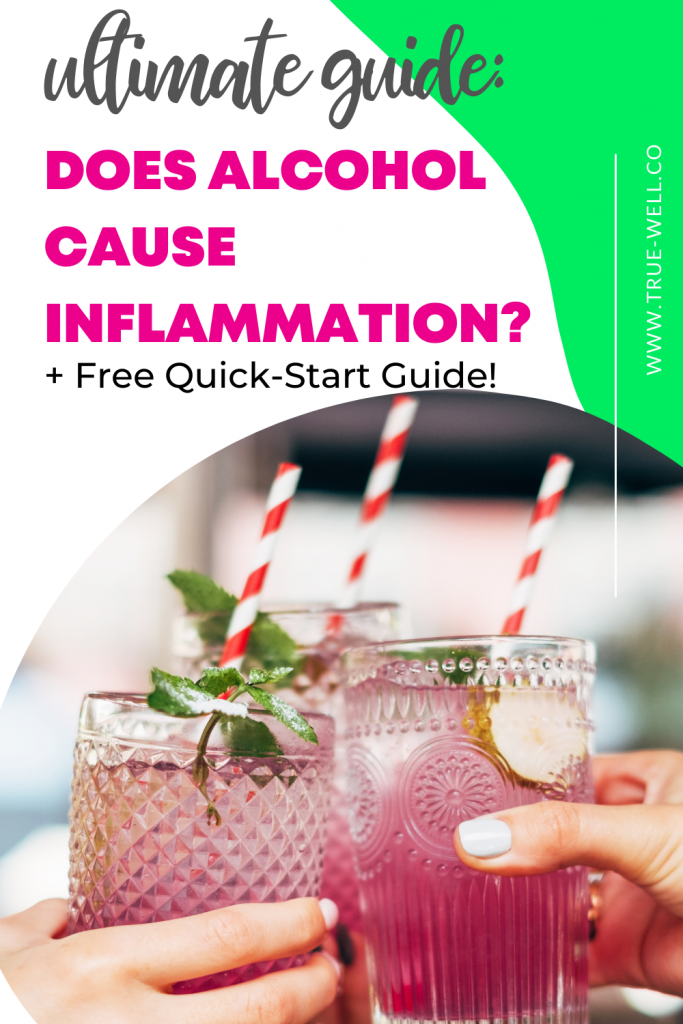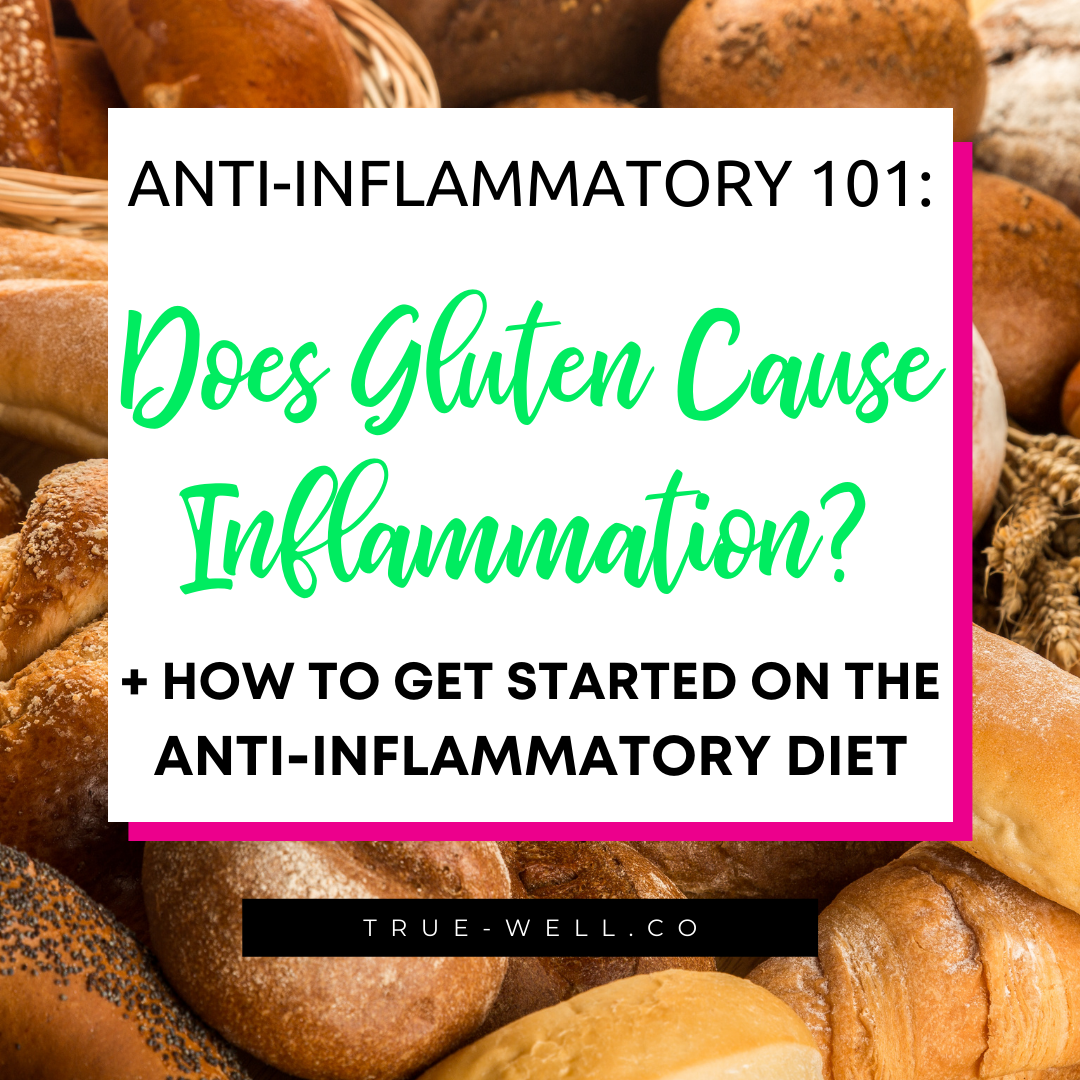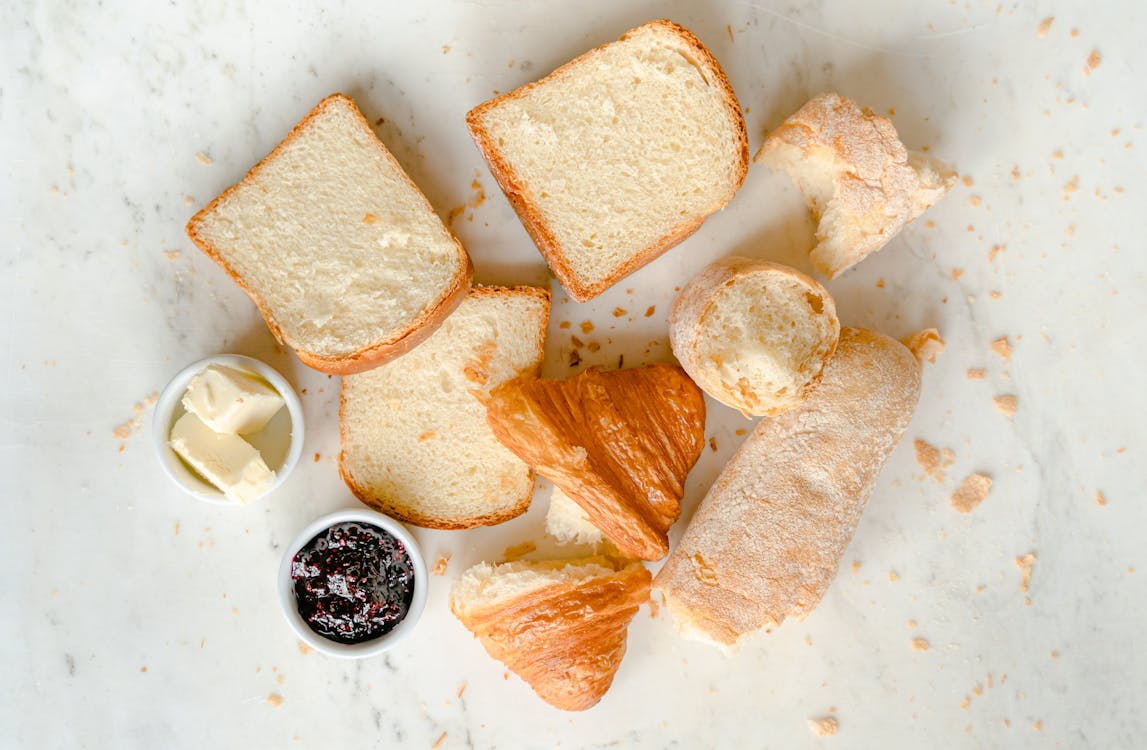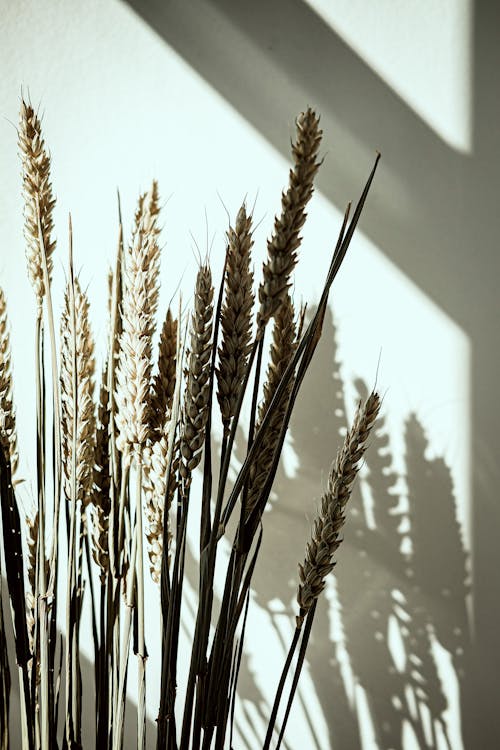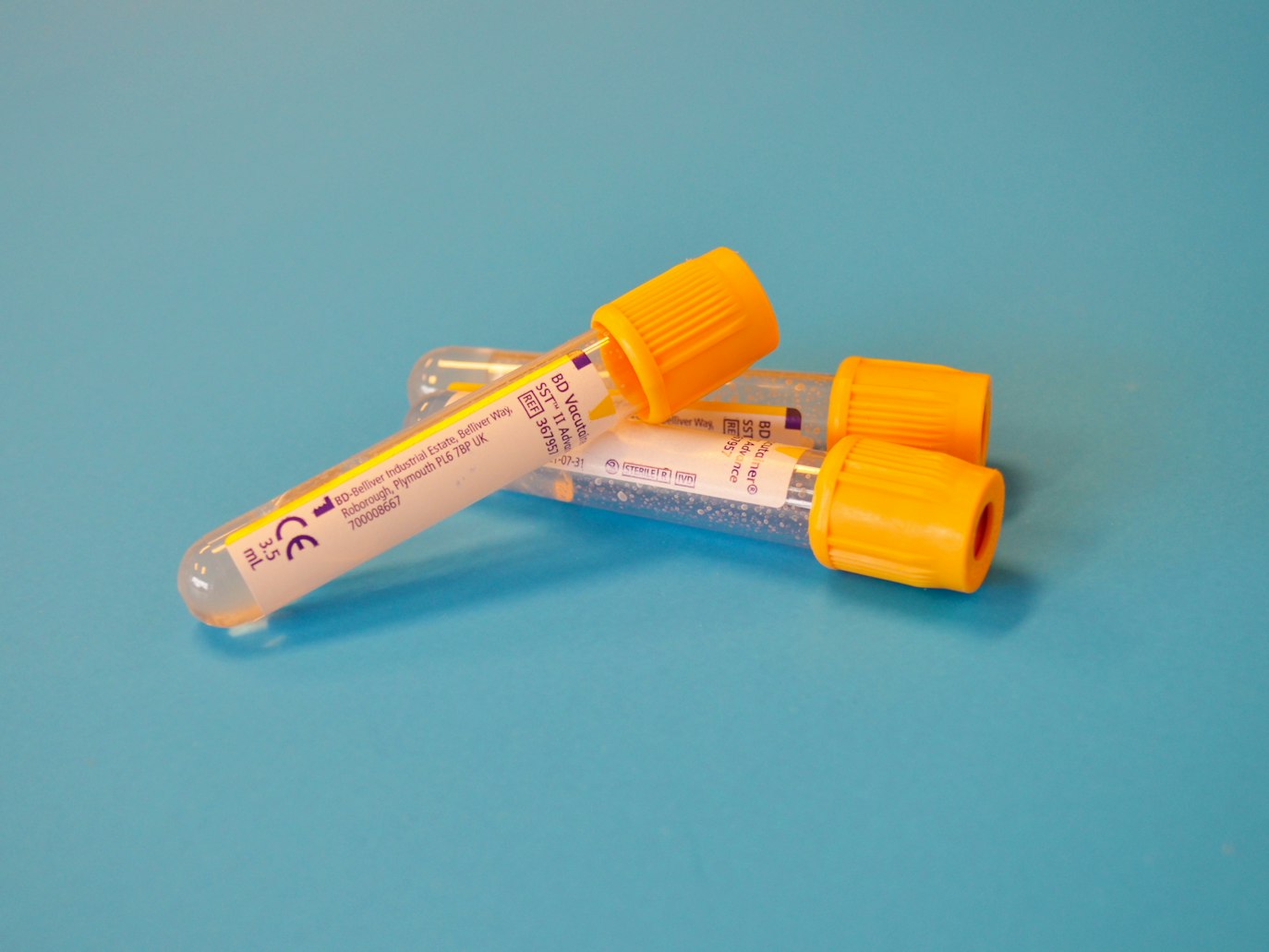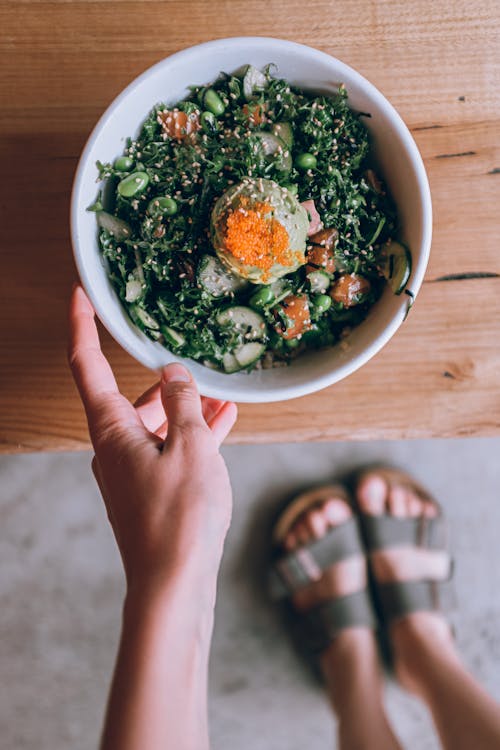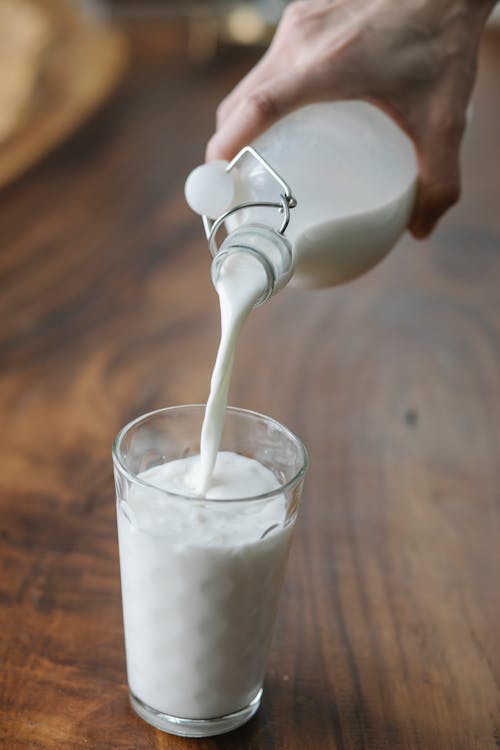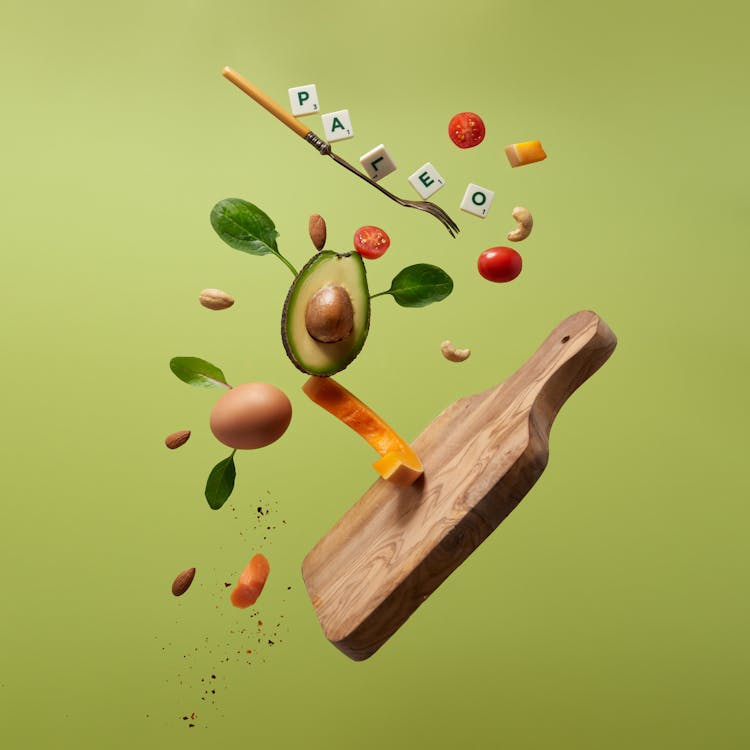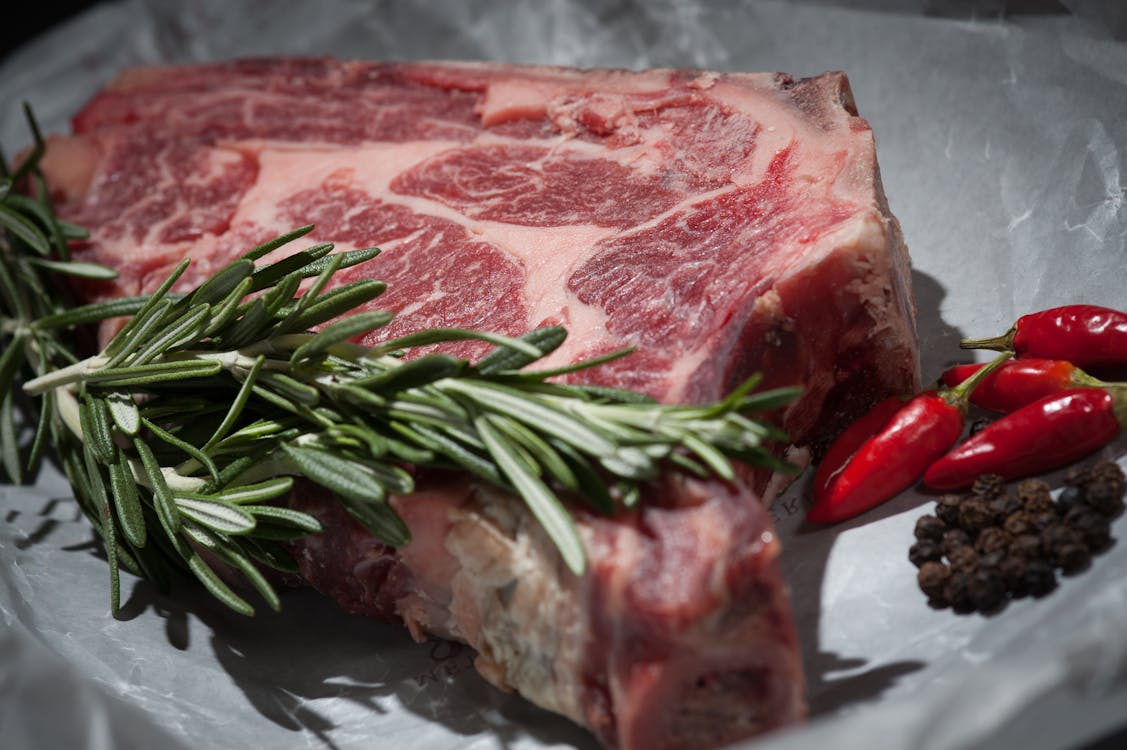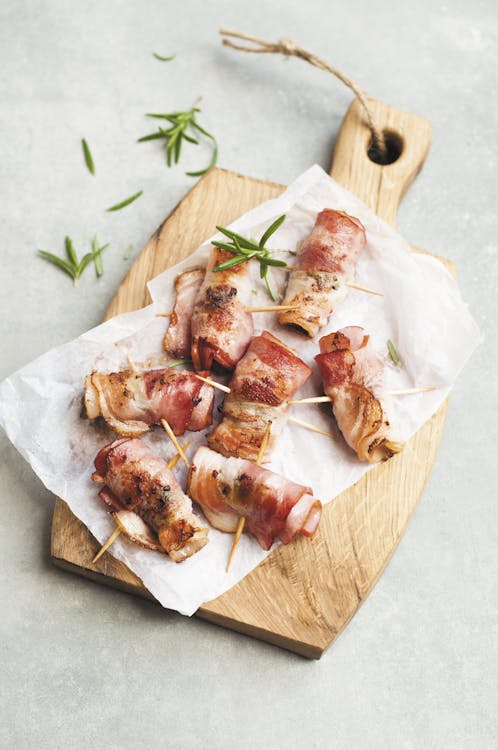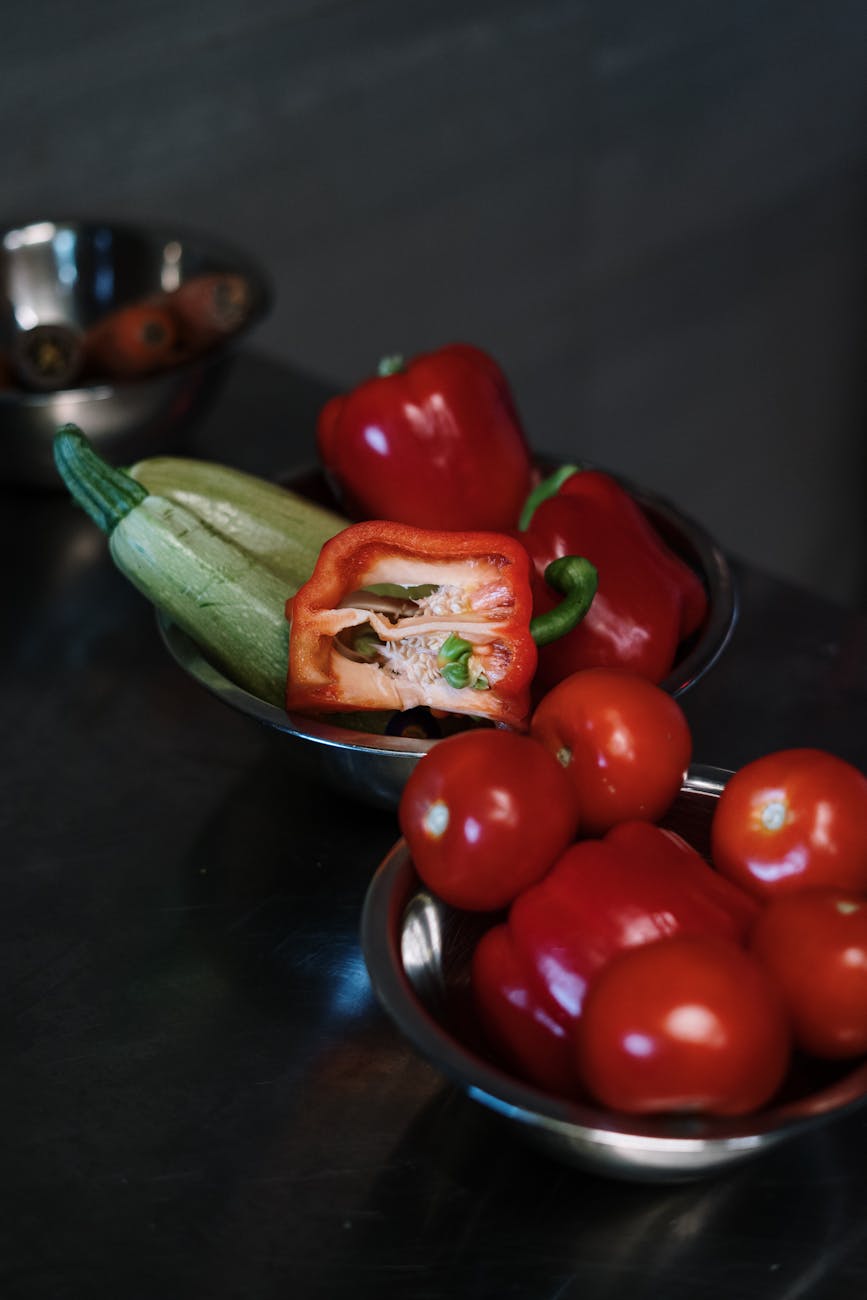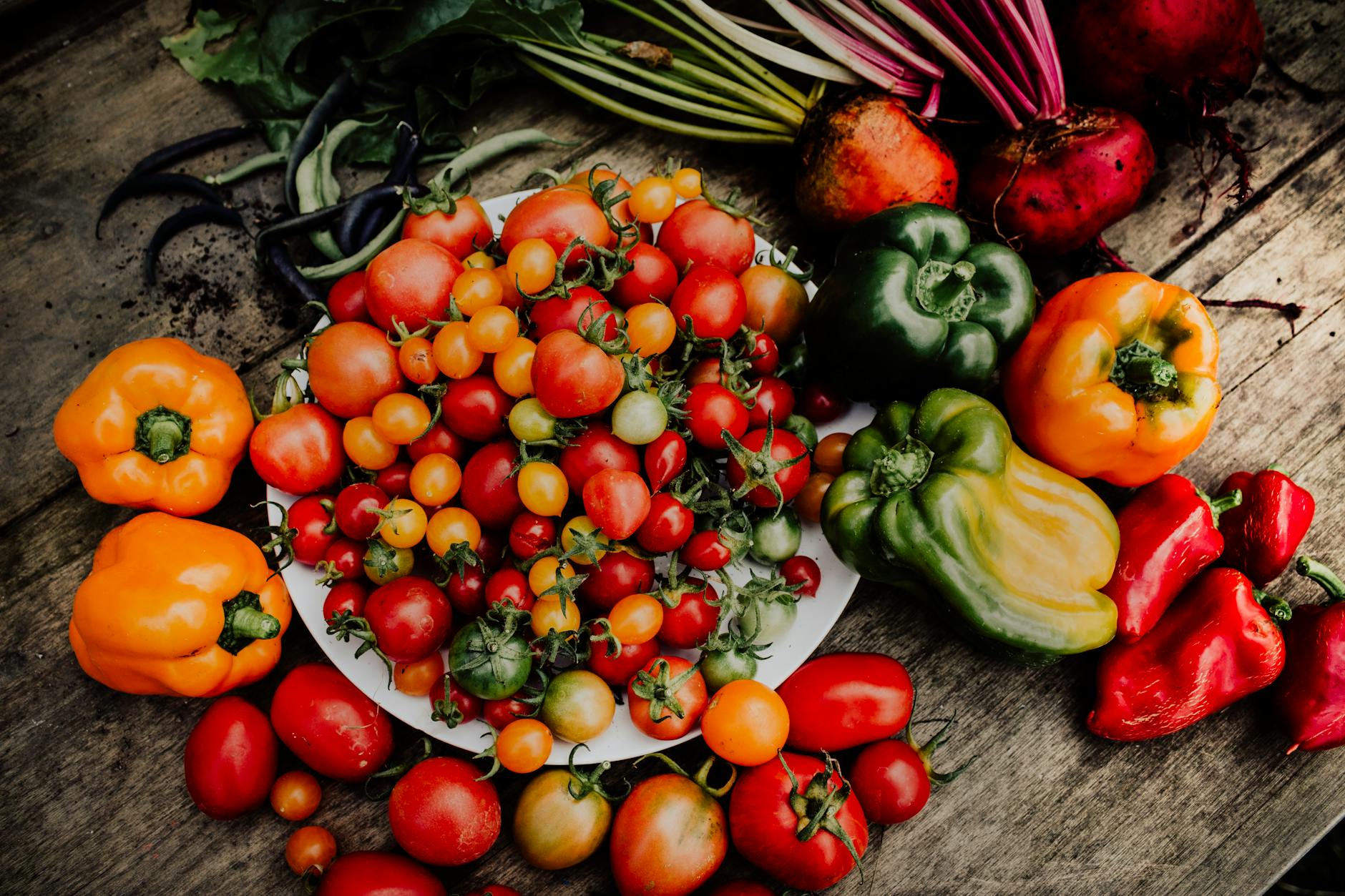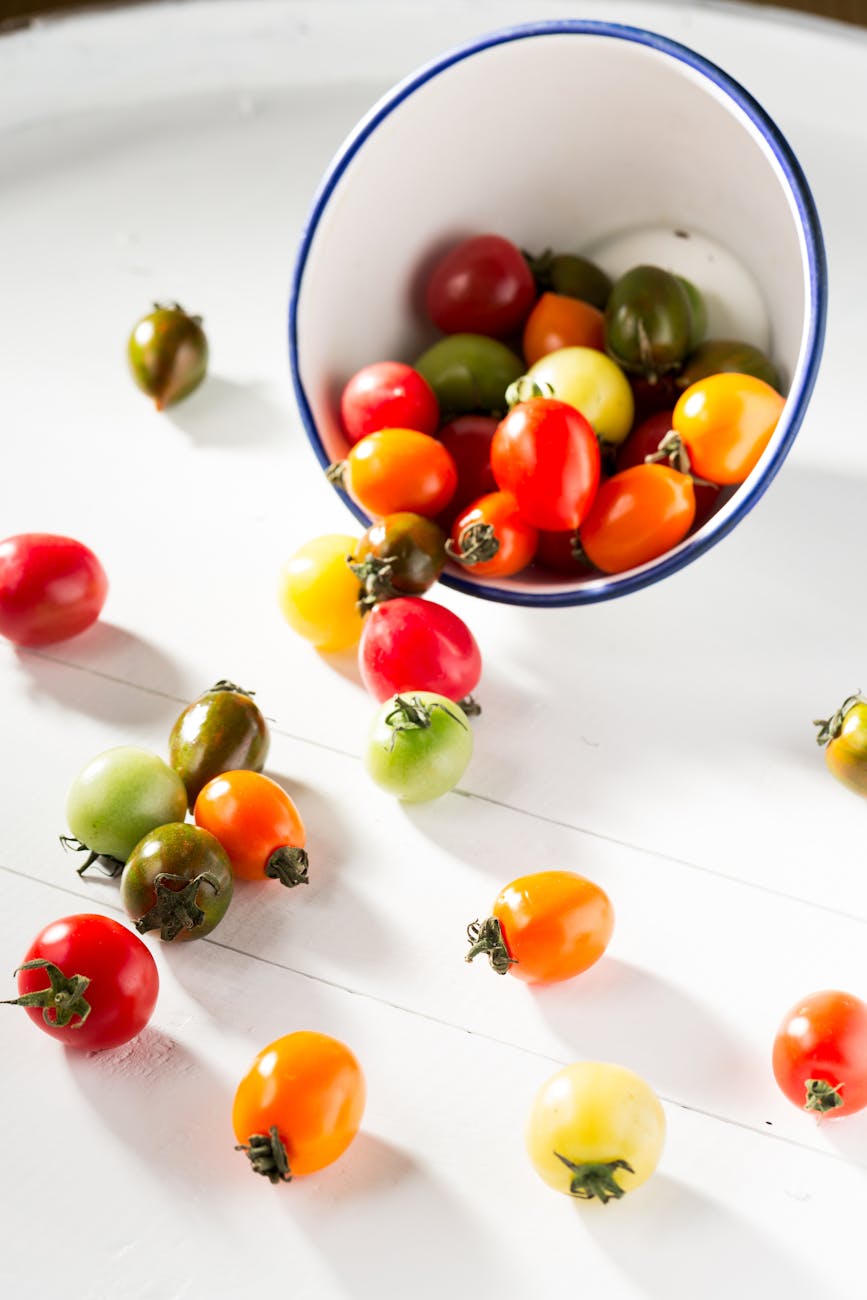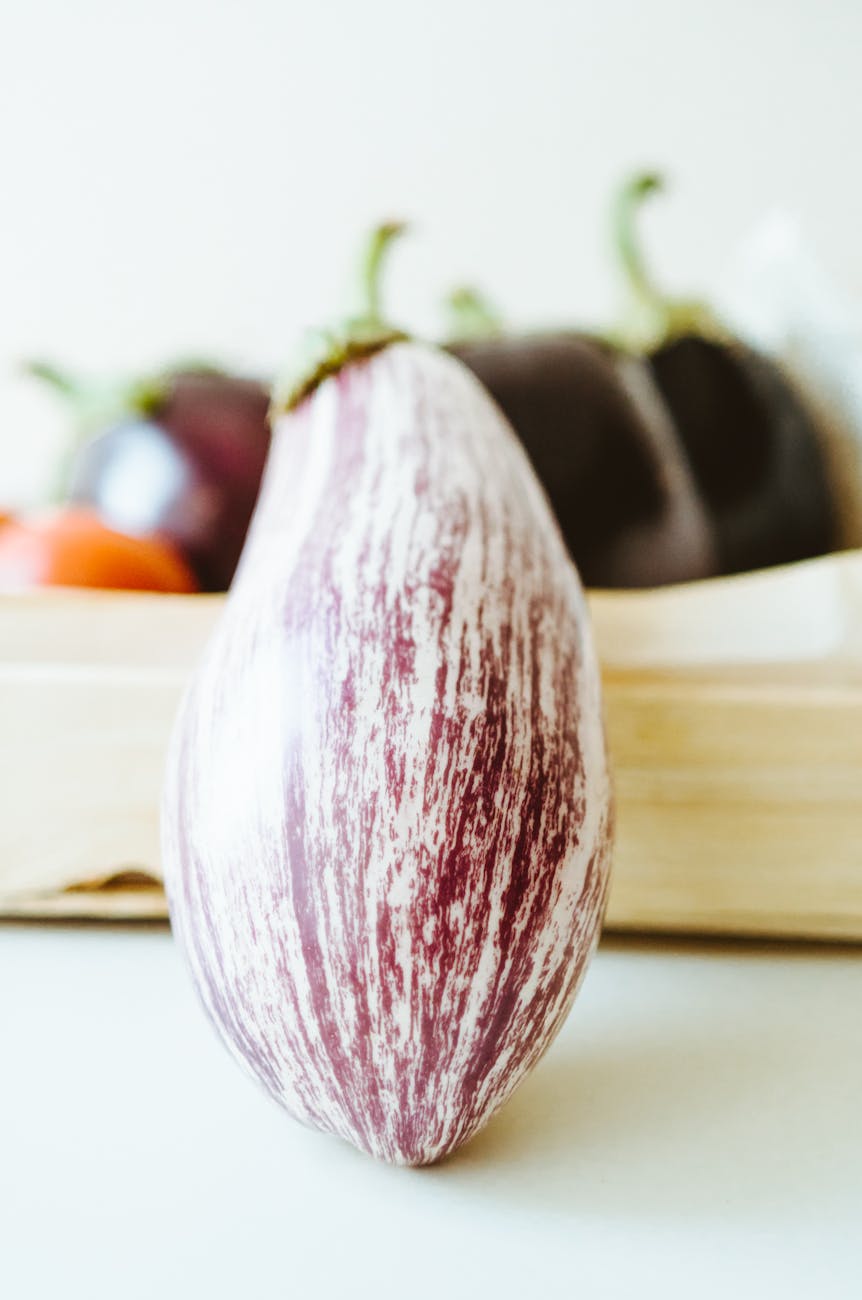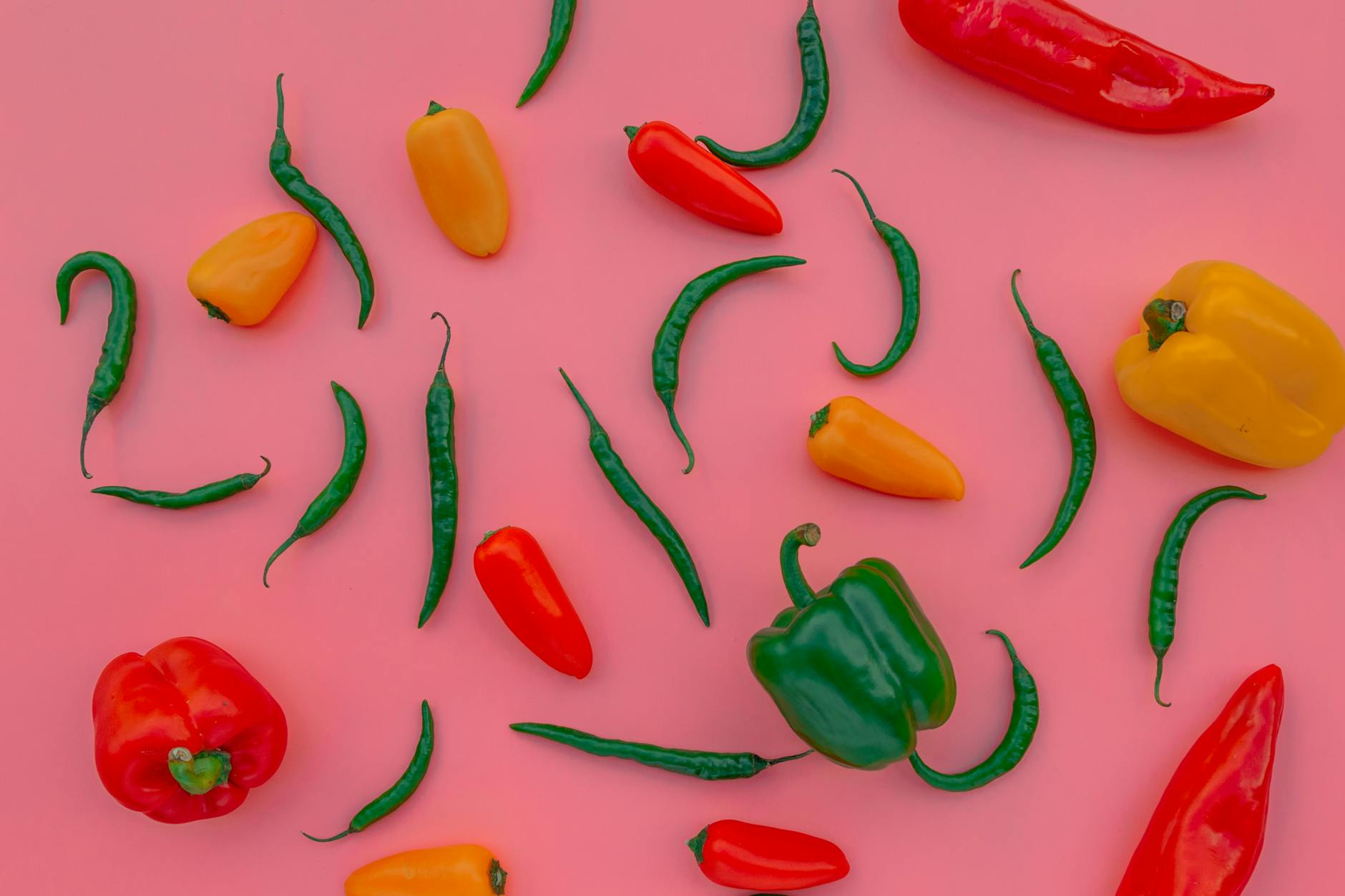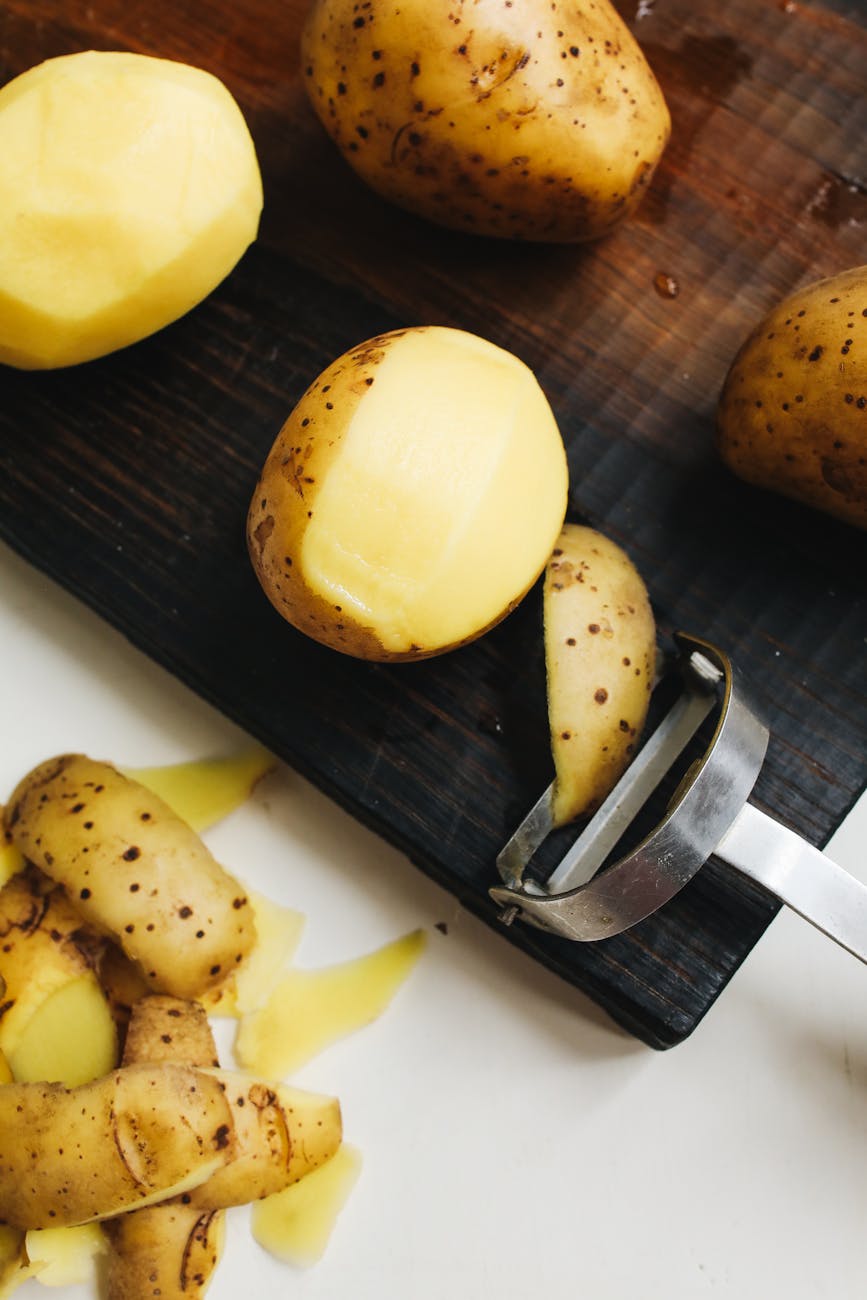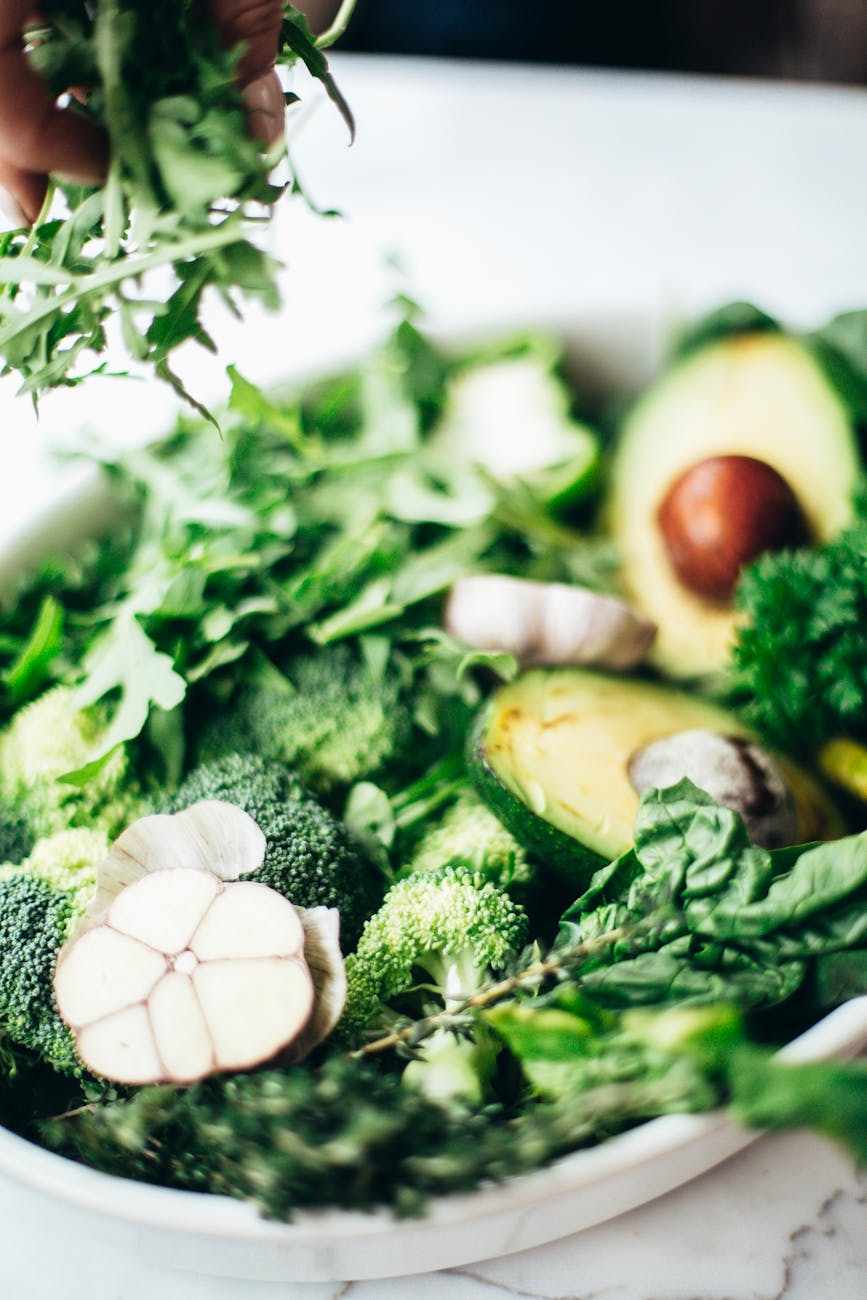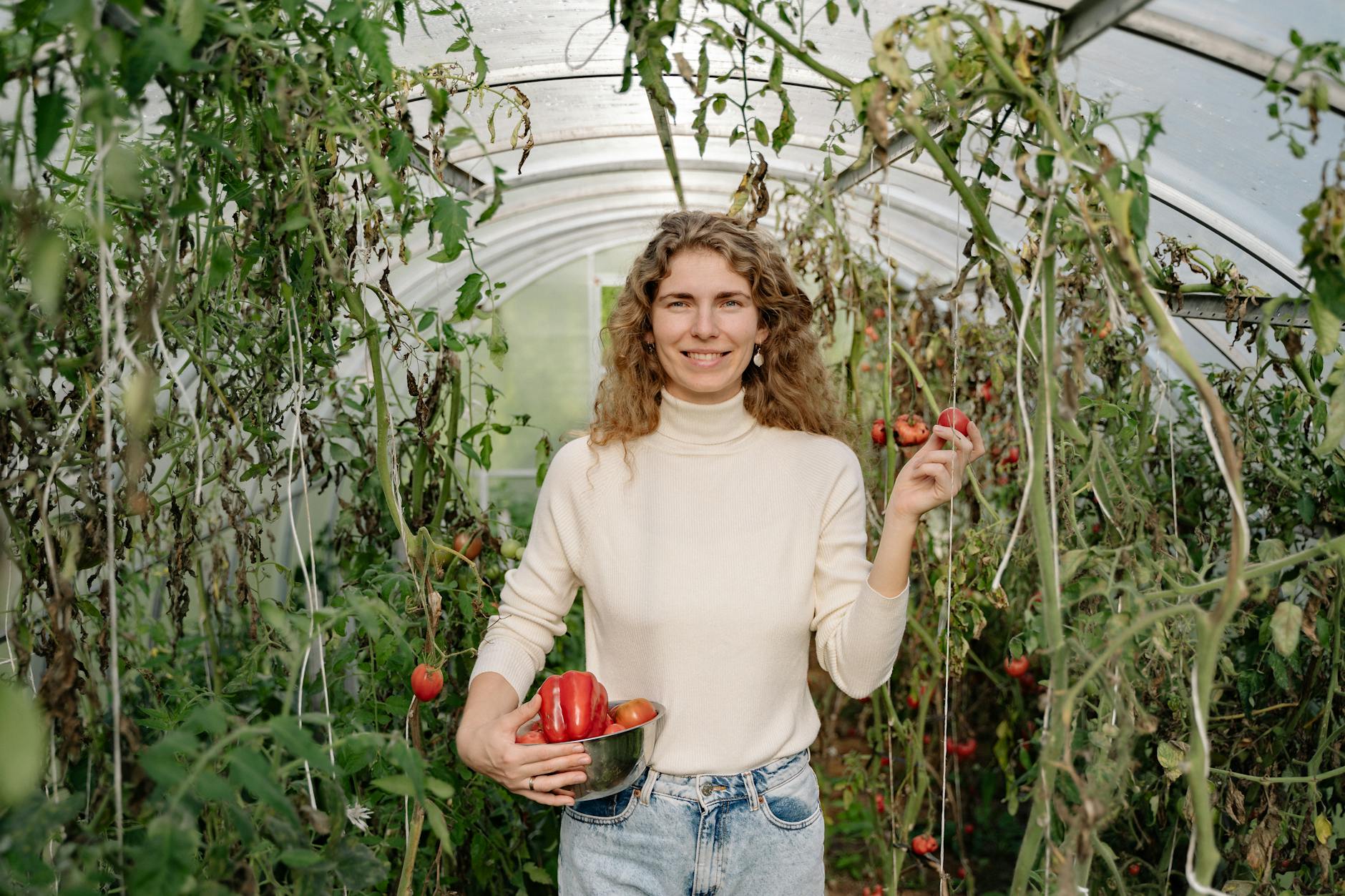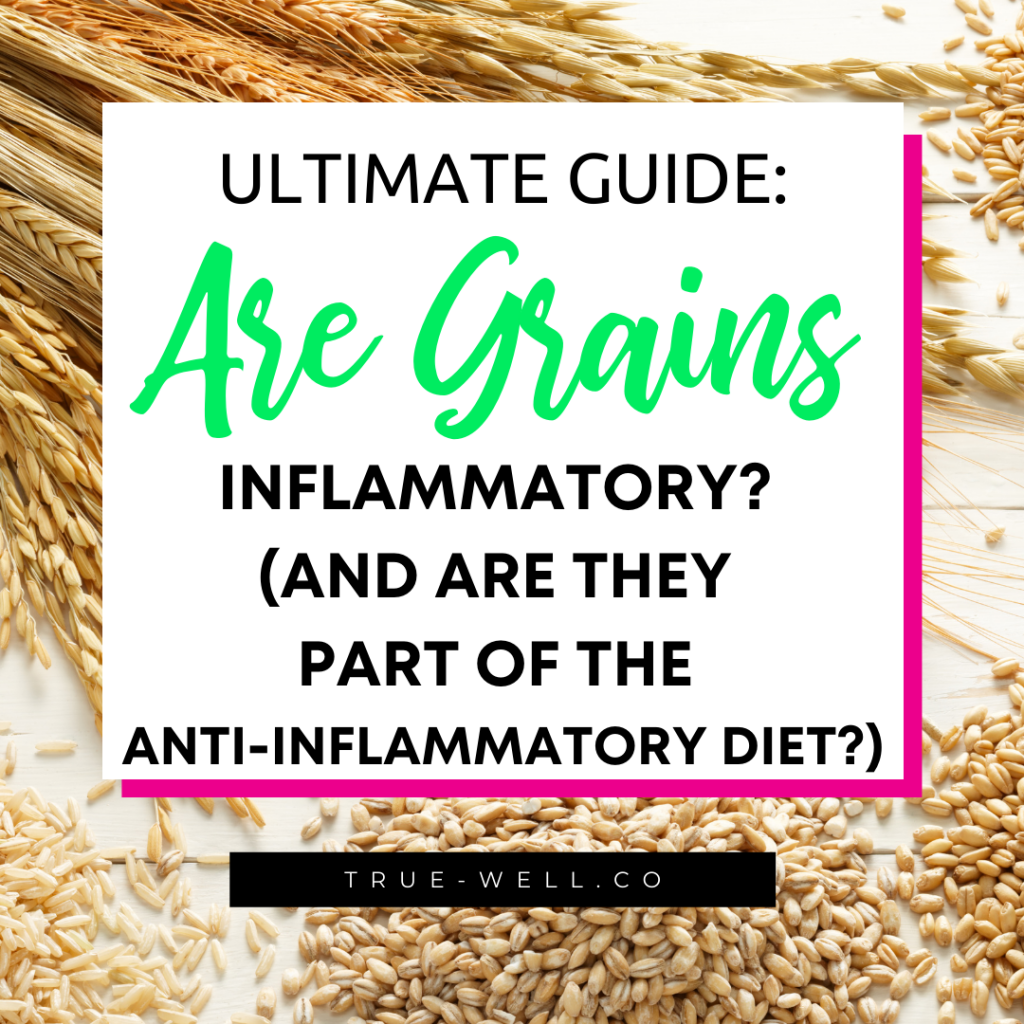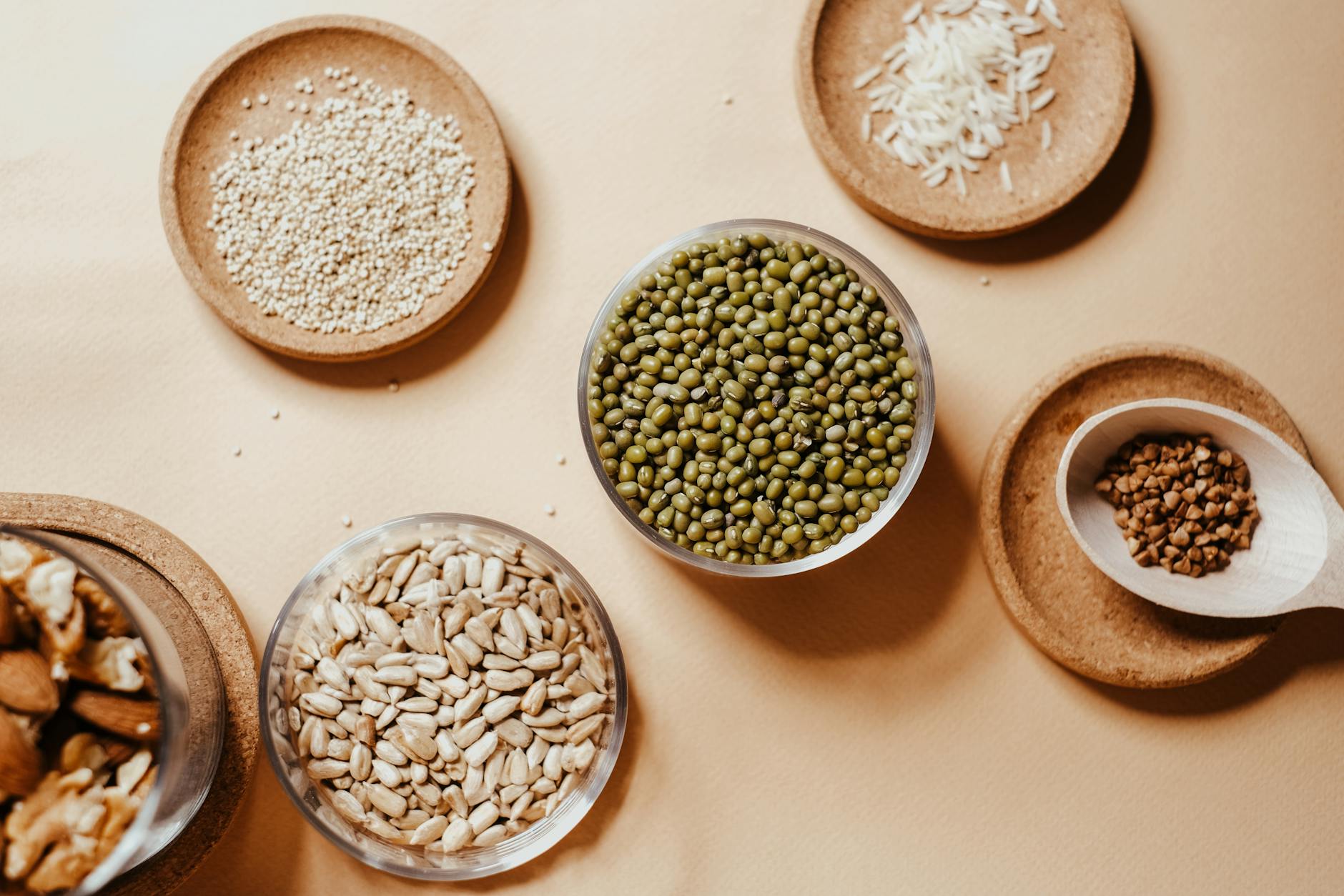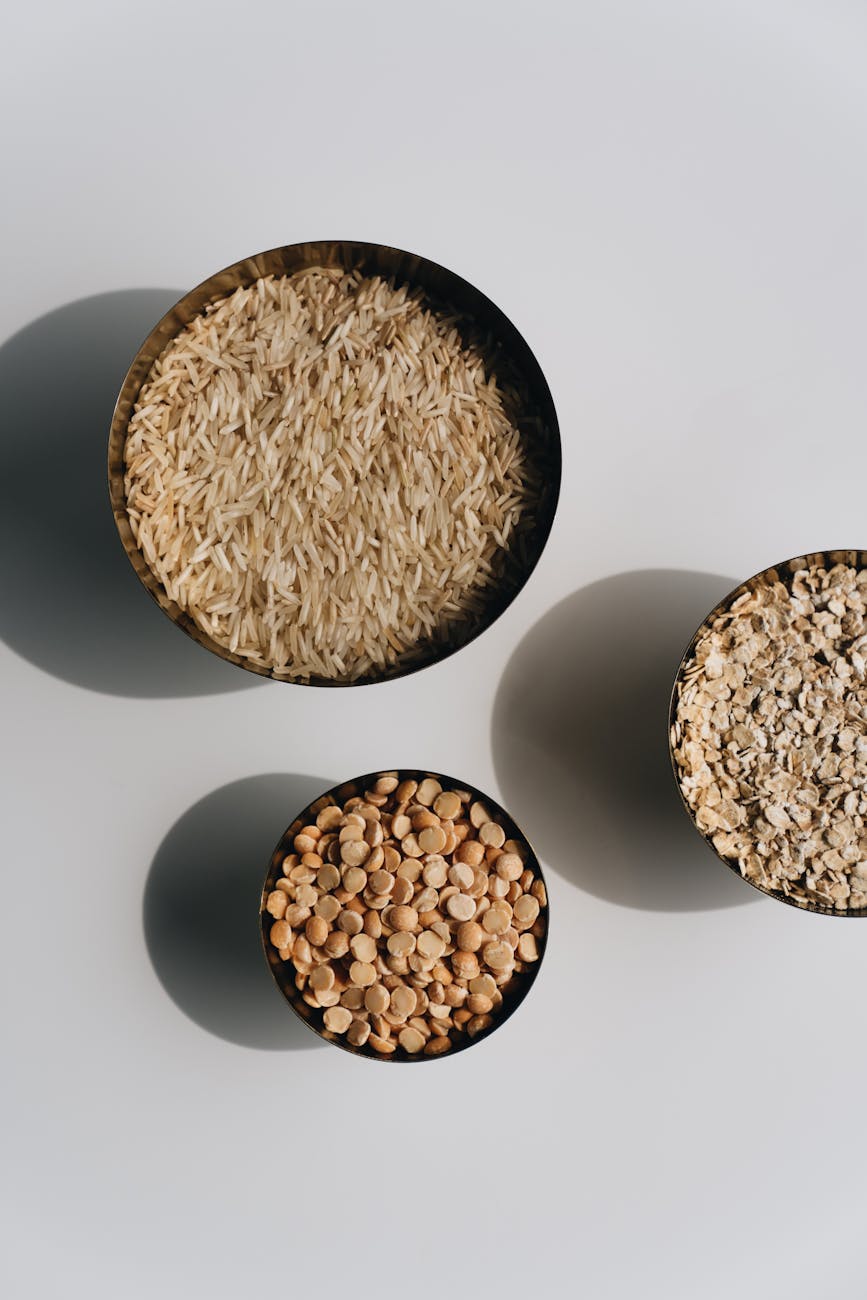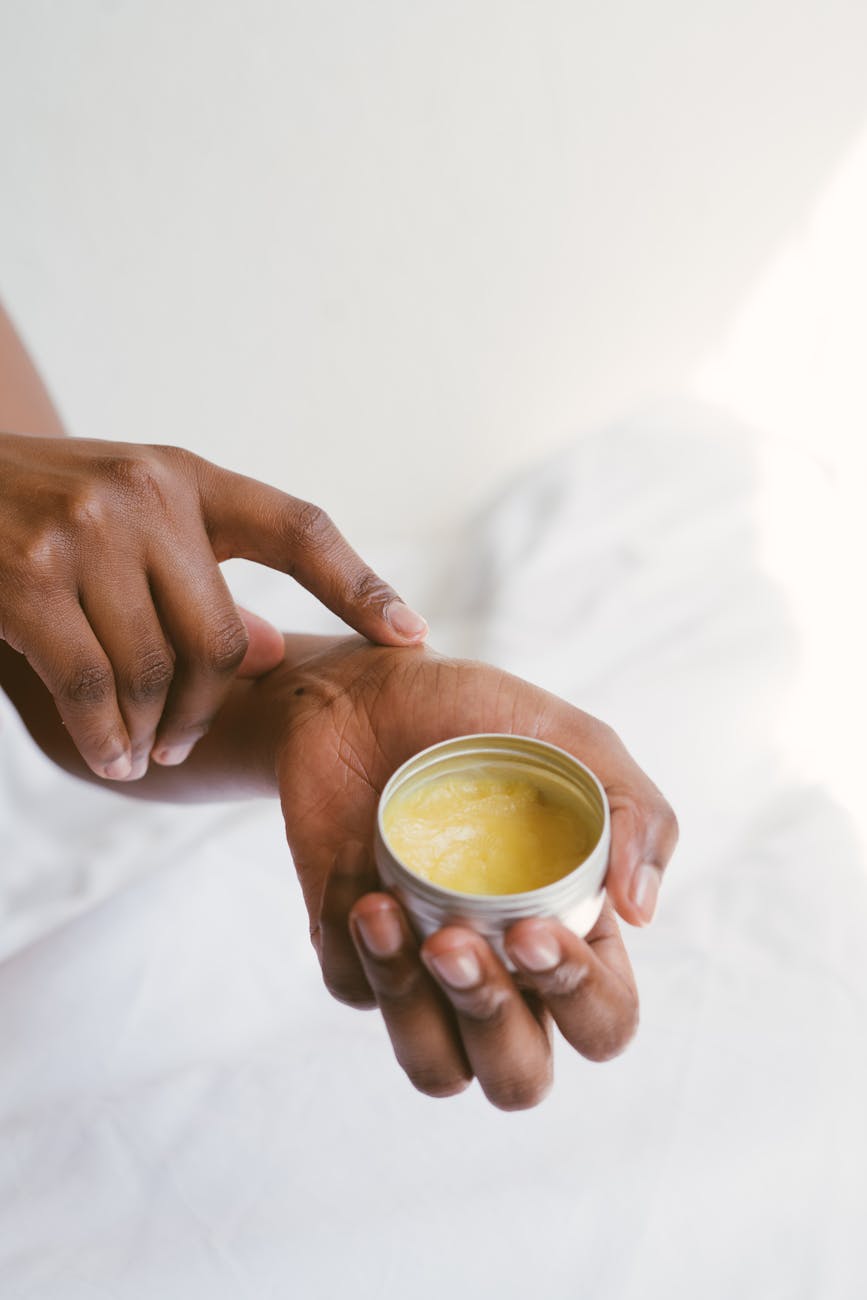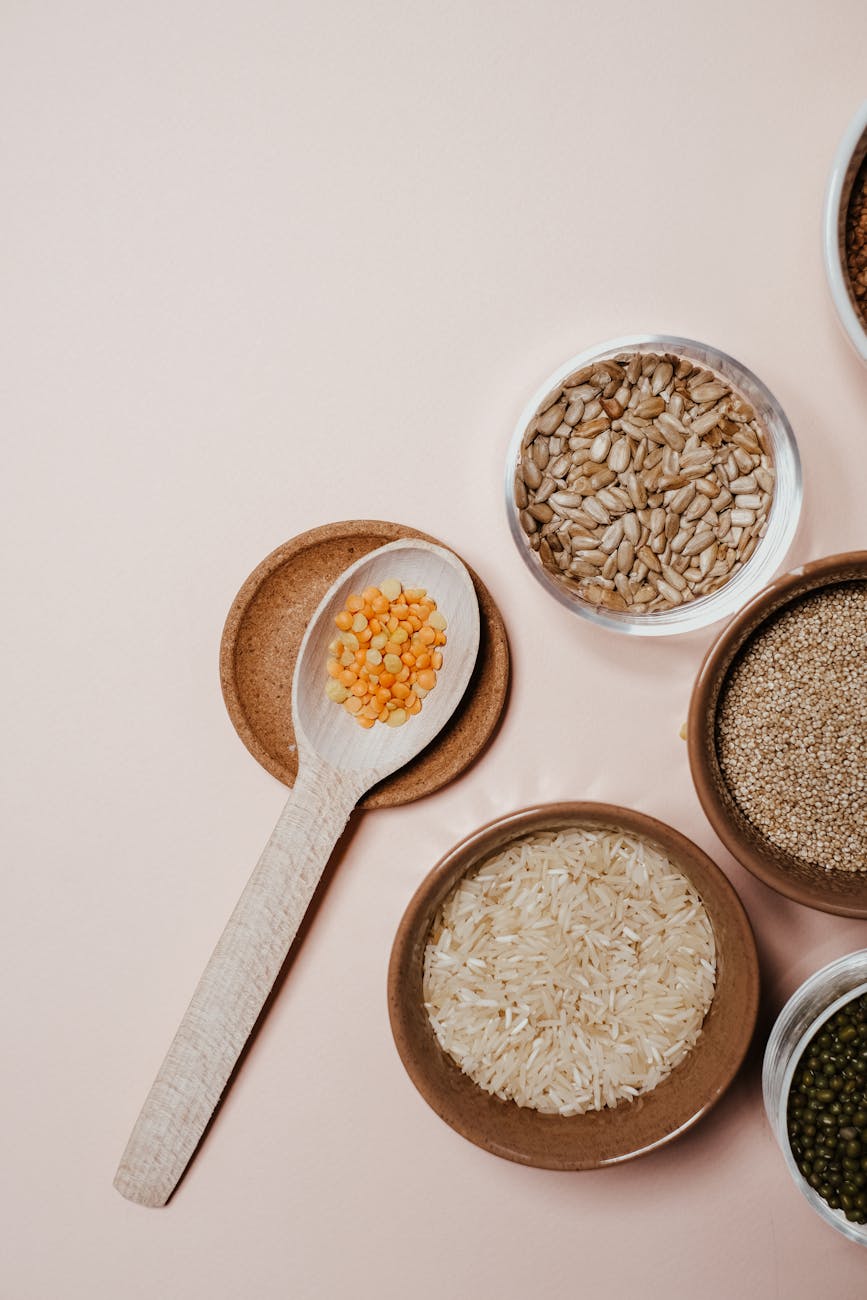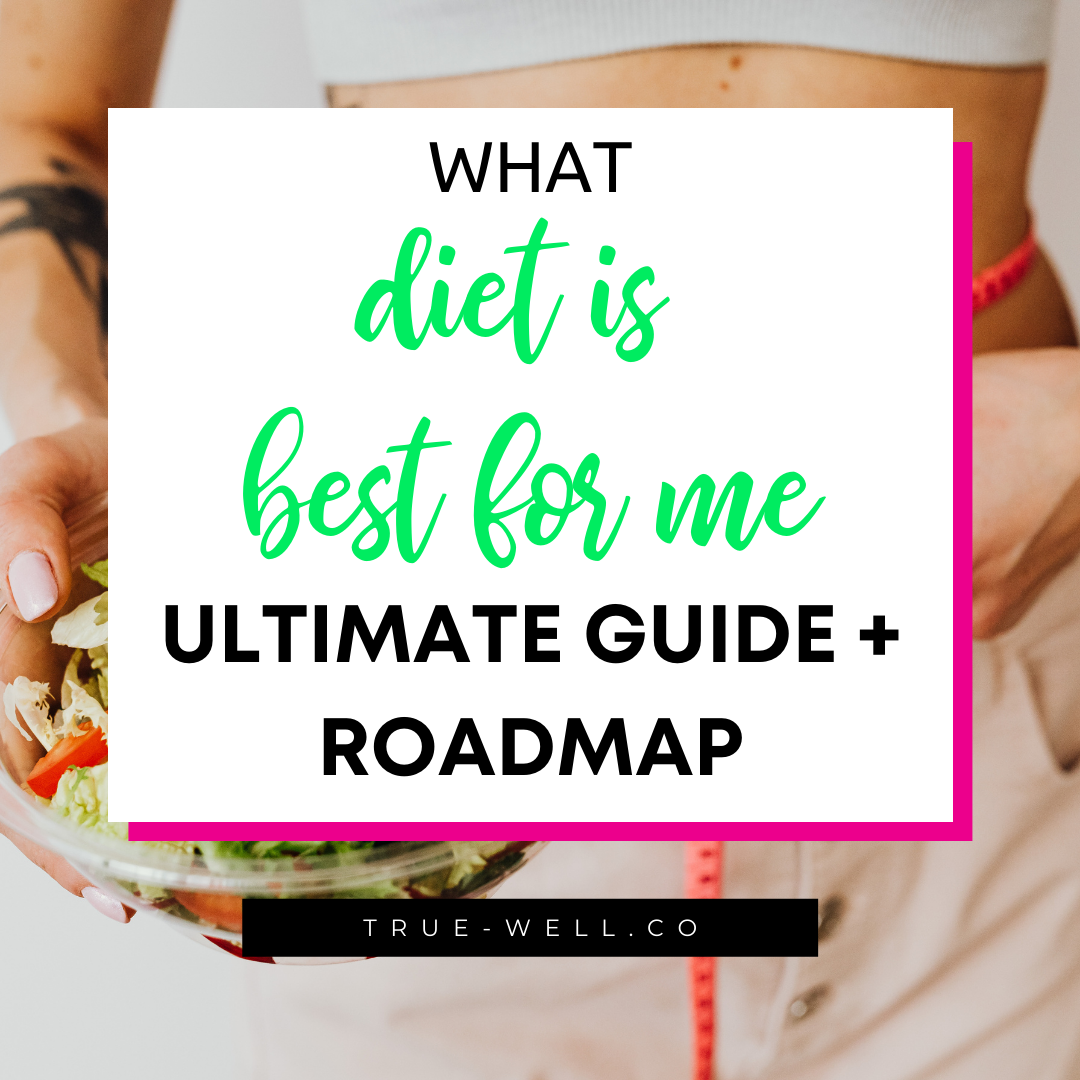Any given Google search can give you a thousand and one list of anti-inflammatory foods. Specific foods here, herbs and teas there, and the occasional supplement thrown in for good measure.
As the Anti-Inflammatory Diet is my jam and I walk the walk, this tends to be frustrating for me, because committing to this type of diet isn’t just for kicks.
If it’s not for the general good health benefits and disease prevention, it’s because you’re trying to control or decrease inflammation in the body. That comes with chronic pain or a condition that you could pay for big time down the road if you don’t manage it now. Neither are fun.
Which is why the half-ass efforts on the parts of those lists give me endless grief.
Instead, let’s delve into the science-backed most anti-inflammatory foods list, why they help, and how to use them in real life.
👉 Want the printable food list + my step-by-step swaps? Grab the free Anti-Inflammatory Quick-Start Guide

What causes inflammation?
Let’s start out with what actually causes inflammation.
Your immune system is supposed to fire up when something’s wrong (like an infection or injury). That’s acute inflammation: the swelling, redness, or pain that fades as you heal.
The problem is when poor lifestyle habits (too much sugar, processed foods, fried oils, stress) keep your body in a constant state of “attack.” That’s chronic inflammation, and it’s linked to conditions like:
- Heart disease and stroke
- Type 2 diabetes and insulin resistance
- Autoimmune diseases
- Arthritis and joint pain
💡 Bottom line: You can’t avoid every trigger in life, but you can take control of your diet.

How to protect yourself from chronic inflammation
In my practice, teach what I call the CORE 4 lifestyle habits:
- Calm: manage stress
- Oscillation: daily movement
- Rest: quality sleep
- Eat: nutrient-rich foods that reduce inflammation + balance blood sugar
Even though these core pillars all work together synergistically, eating is the part you do 3+ times a day … which is why it’s the best place to start.
👉 Get the food swaps and starter meal plan in the free Quick-Start Guide.
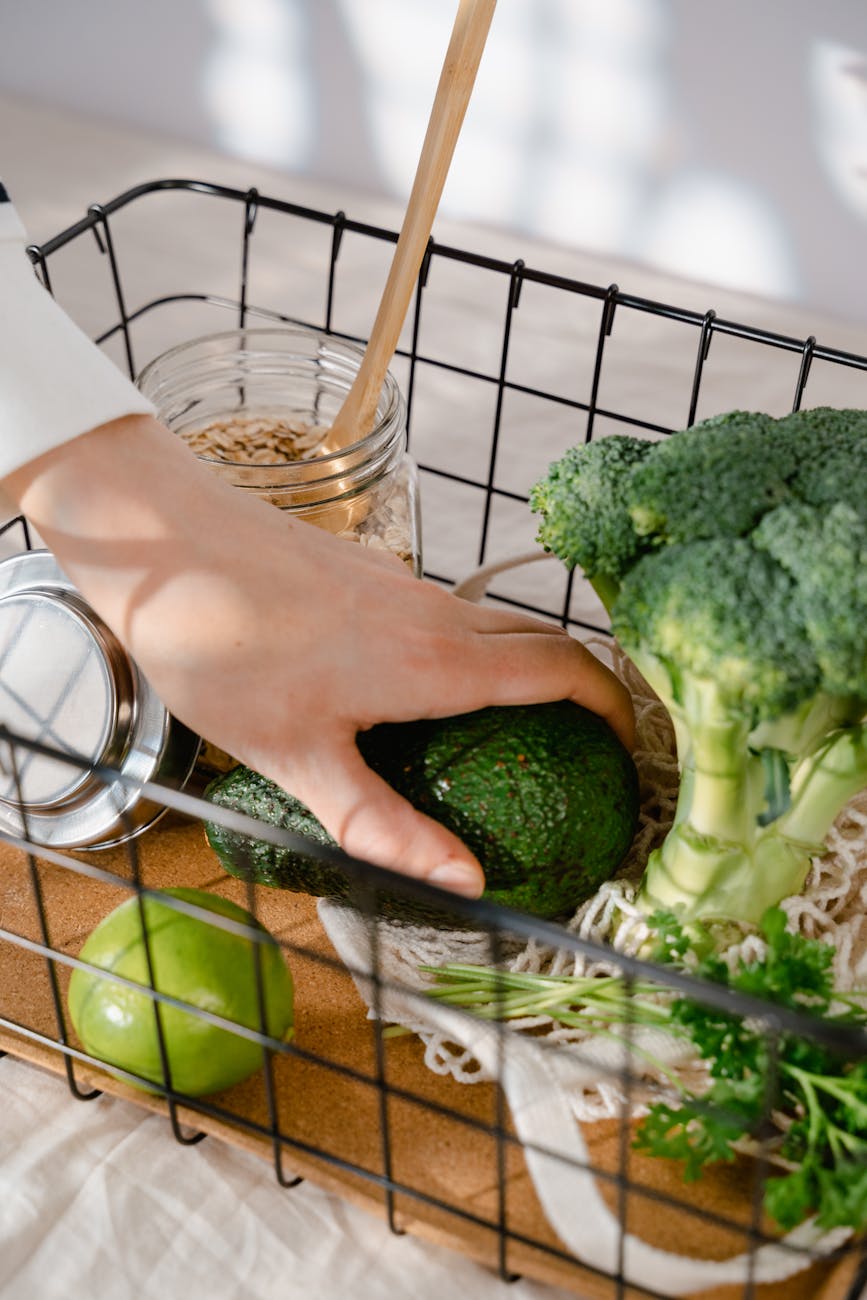
The anti-inflammatory foods list: Foods that fight inflammation
As an Anti-Inflammatory Diet at it’s core is based on the Mediterranean Diet, you may notice that this is the first place to start. It’s become one of the most studied diets of the last two decades and has, by far, gained favor by the medical community for its ability to reduce inflammation and manage blood sugar levels, not to mention the plethora of other conditions it can either manage or help prevent.
So let’s get into the list of foods that contain the most anti-inflammatory compounds by category.
(*Note that this is not an all-inclusive list of foods on the Anti-Inflammatory Diet. It is a list of the MOST anti-inflammatory foods from each food category.)
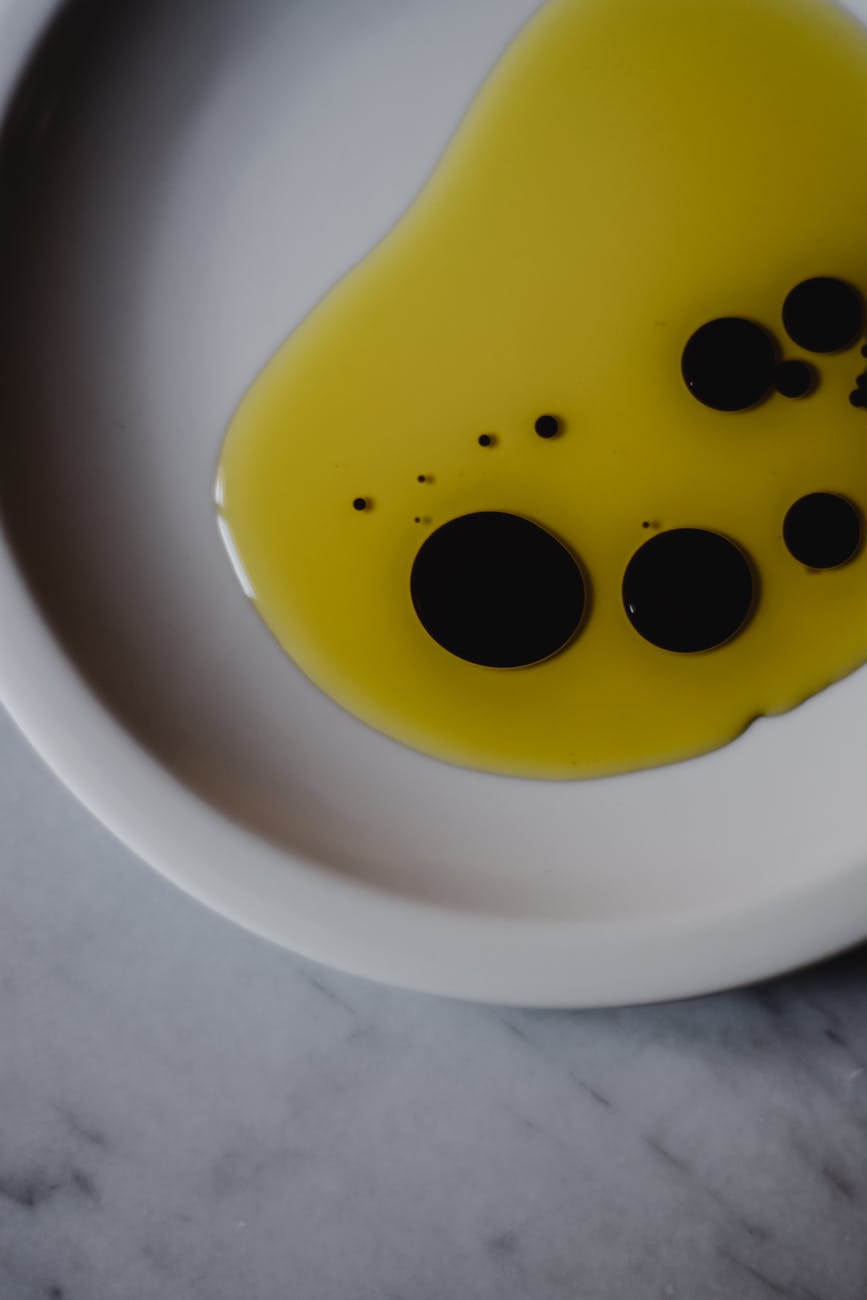
Healthy fats
- Olive oil + avocado oil: rich in monounsaturated fats and antioxidants.
- Fatty fish (salmon, mackerel, sardines, tuna): loaded with omega-3s.
- Nuts + seeds: walnuts, almonds, flax, chia — healthy fats + fiber.
*In choosing olive oil and avocado oil, look for expeller-pressed. Extra virgin olive oil is a great choice, and its recommended that you find a brand that is sourced from California.
👉 Action step: Cook with olive oil, snack on nuts, and aim for fish 2–3 times a week.
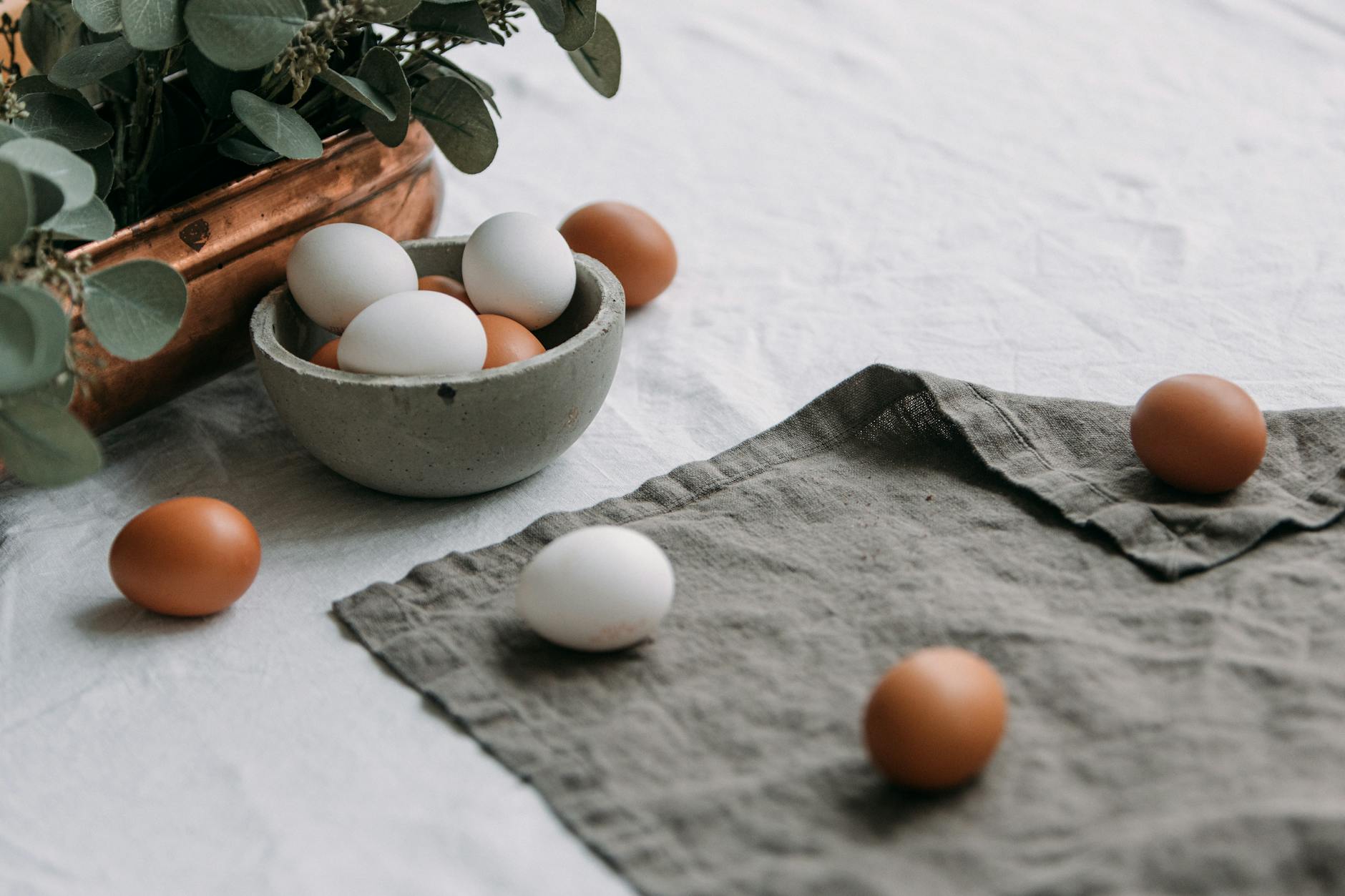
Anti-inflammatory proteins
Proteins that are anti-inflammatory can come from one of two sources: animal-based or plant-based.
- Cold-water, fatty fish: anchovies, tuna, salmon, mackerel (wild-caught, not farmed)
- Eggs (organic)
- Soy (organic): Non-organic soy is heavily sprayed with glyphosate which has been shown to be toxic and inflammatory.
Healthy carbohydrates
There are many sources of carbohydrates that fight inflammation. Listed in the general Anti-Inflammatory Diet you’ll find that whole grains and many other vegetables are included.
Although whole grains do have anti inflammatory benefits, the science is still a bit conflicting of their ability in fighting inflammation. (This is not to say that they promote inflammation.)
Non-starchy vegetables
As blood sugar levels can affect inflammation in the body, I always advise choosing loads of non-starchy vegetables first when planning meals.
These vegetables are whole foods that have nutrient-rich polyphenols and phytochemicals that are potent antioxidants and fight inflammation.
It’s always recommended to ‘eat the rainbow’ because each color in plants is indicative of different groups of polyphenols. Getting a variety of these helps your body get the different types that it needs to keep your systems healthy.
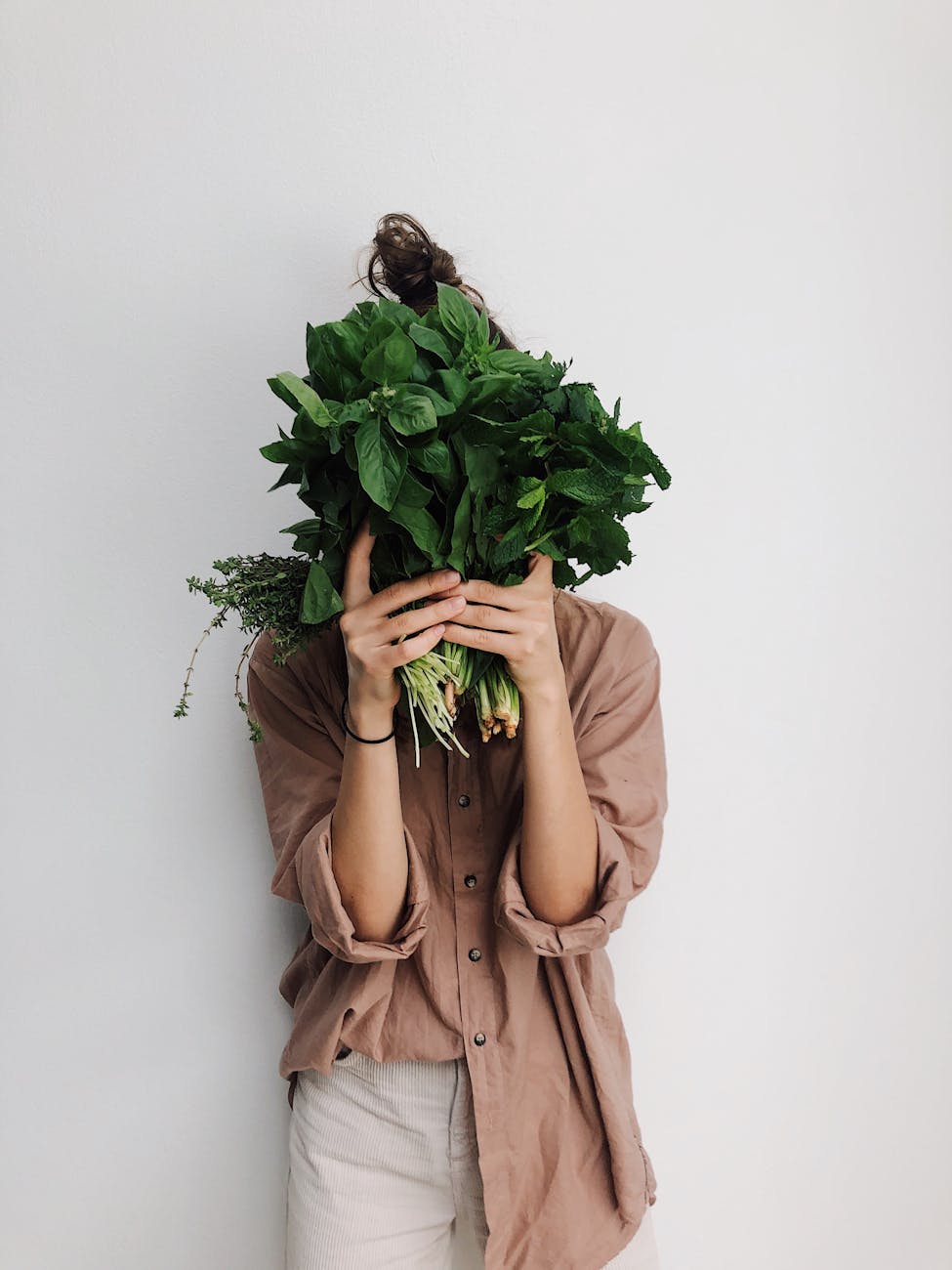
Here are the top-recommended non-starchy vegetables:
- Dark leafy greens: kale, spinach, arugula, collard greens, mustard greens
- Red vegetables: tomato, red bell pepper, beet, radish
- Cruciferous: broccoli, cauliflower, cabbage, brussels sprouts, bok choy
Starchy Plants
Starchy vegetables are ones that contain resistant starches. These food are packed with nutrients and fiber. The fiber combined with resistant starch is what creates this magical environment in the gut that reduces inflammation.
Caution should be given in overdoing it with fruits, though: They do still contain natural sugars that can cause a rise in blood sugar levels.
Higher blood sugar is inflammatory, so it’s important to find a balance of satisfaction while being careful of blood sugar spikes.
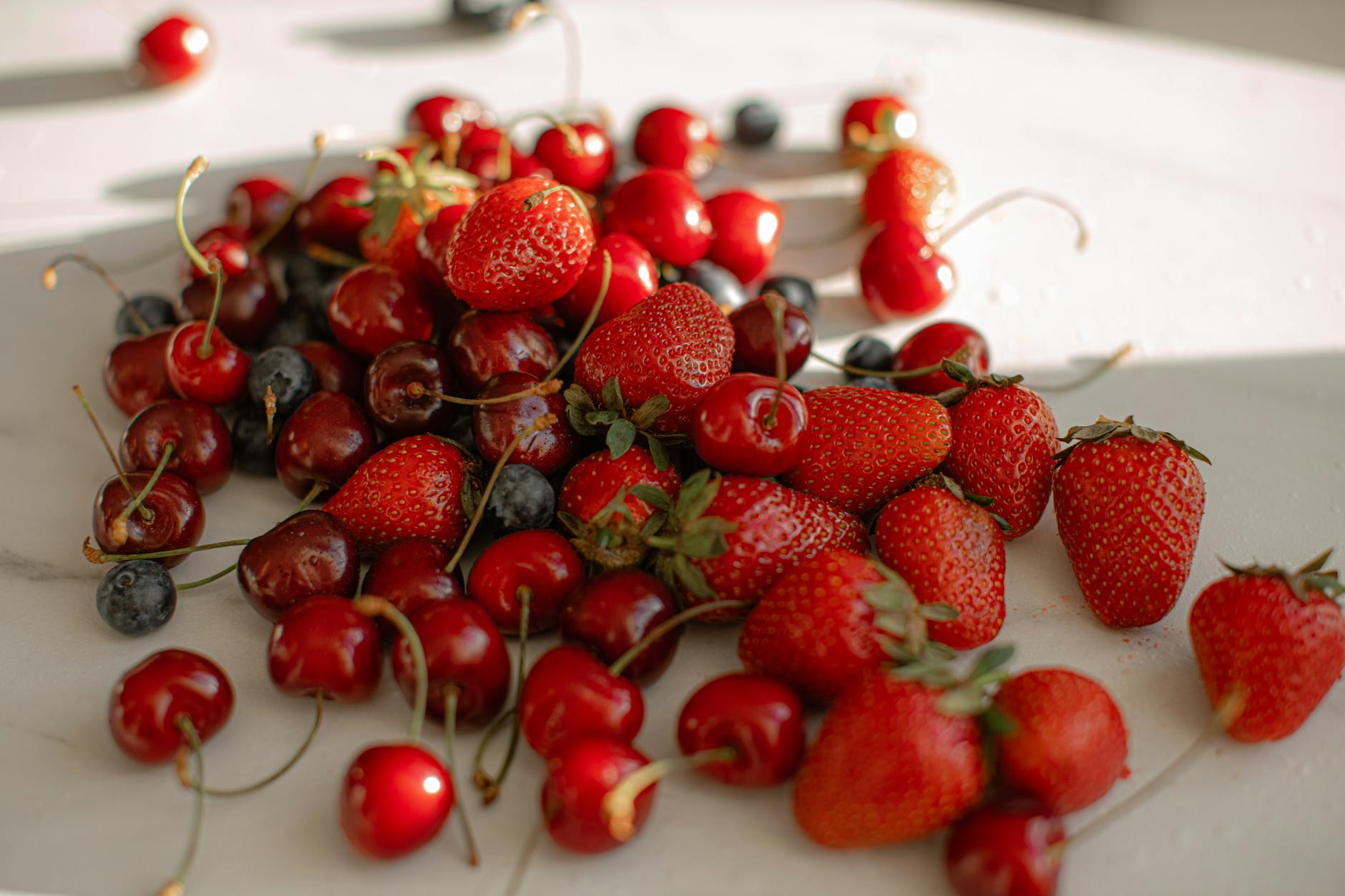
Colorful fresh berries
The antioxidants found in berries help maintain a healthy immune system, and the resistant starches and fiber in fresh berries give an even bigger boost of anti-inflammatory power. The best choices are:
- blueberries
- strawberries
- raspberries
- blackberries
- tart cherries
- pomegranate seeds (not technically a berry, but a fruit with really powerful anti-inflammatory compounds)
💡 Tip: Keep it fresh or frozen — cooking breaks down some of the resistant starches.
Nuts and seeds
Nuts contain a great deal of nutrition including vitamins and ellagitan (a kind of tannin). They also contain a combination of monounsaturated polyunsaturated fats that decrease inflammation. The best options include:
- Walnuts
- Almonds
- Hazelnuts
- Pecans
- Pistachios
- Seeds like chia and flax (already mentioned)
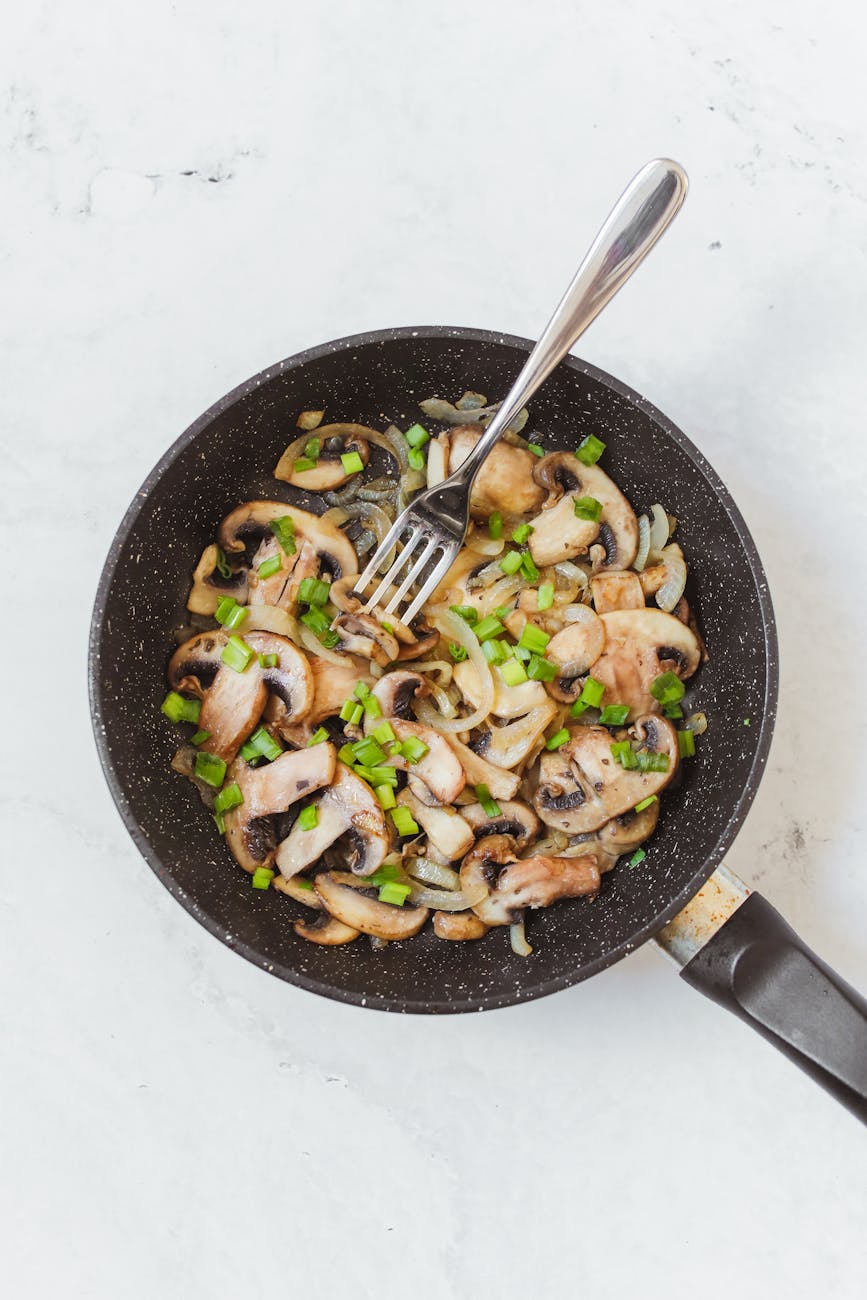
Mushrooms
Mushrooms have antiseptic properties, are full of fiber, and are one of the few dietary sources of Vitamin D. Although chaga mushrooms are thought to be the most anti-inflammatory, they can be difficult to find in the grocery store. If you’re adding mushrooms to a dish, any type at the grocery store will be beneficial.
Herbs and spices
Some herbs and spices have anti-inflammatory properties and can block inflammatory cytokine activity. The most anti-inflammatory options are:
Turmeric
Probably the most well-known anti-inflammatory spice, this ingredient contains curcumin, along with over 300 other active compounds, that acts as an anti-inflammatory nutrient.
Holy Basil
Also known as a delicious and fresh herb to cook with, holy basil also has potent anti-inflammatory properties. It has a slightly bitter and spicy flavor, so if that puts you off, it’s also available in supplement or tea form.
Ginseng
Typically considered a more Asian supplement, ginseng has been used for thousands of years for a myriad of health issues, including the reduction of inflammatory markers.
The thing to know about ginseng is that there are two main types: Asian (Panax ginseng) and American (Panax quinquefolius). If you need more energy, Asian ginseng is more beneficial, while the need for relaxation would call for American ginseng.
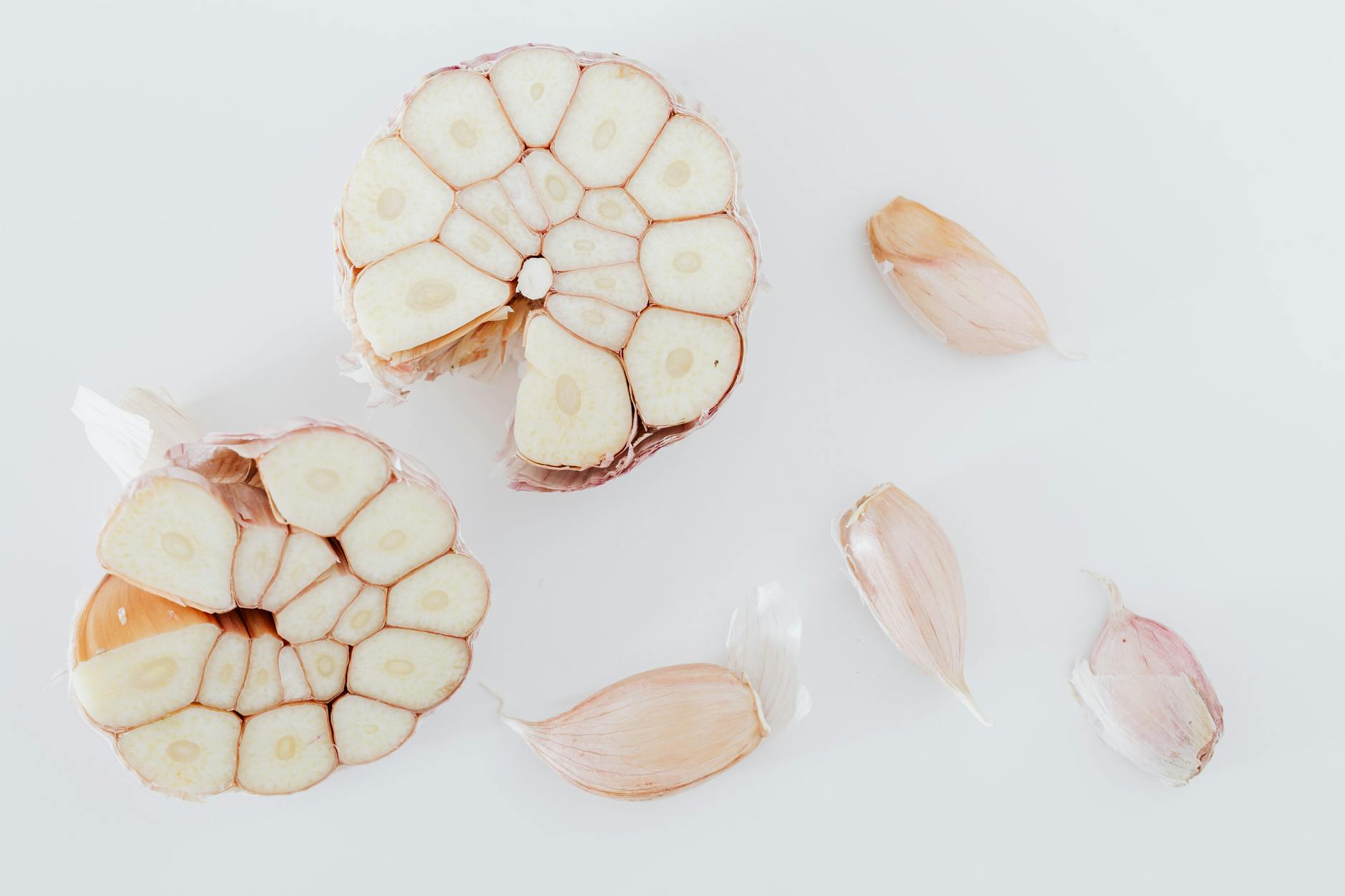
Garlic
Not only is garlic delicious, but its compounds are also highly effective at boosting antioxidants as well as pulling inflammatory markers down.
Cardamom
Cardamom has been shown to be highly antioxidant and anti-inflammatory in multiple studies. Although cardamom is traditionally used in Asian-flavored dishes, it can also be found in supplement form.
Black pepper
Although black pepper is a staple seasoning in most households, it actually holds powers beyond flavor. Its main compound is called piperine, which reduces inflammation in the body. As an added bonus, black pepper also increases the bioavailability of other beneficial supplements, making it a must for every meal.
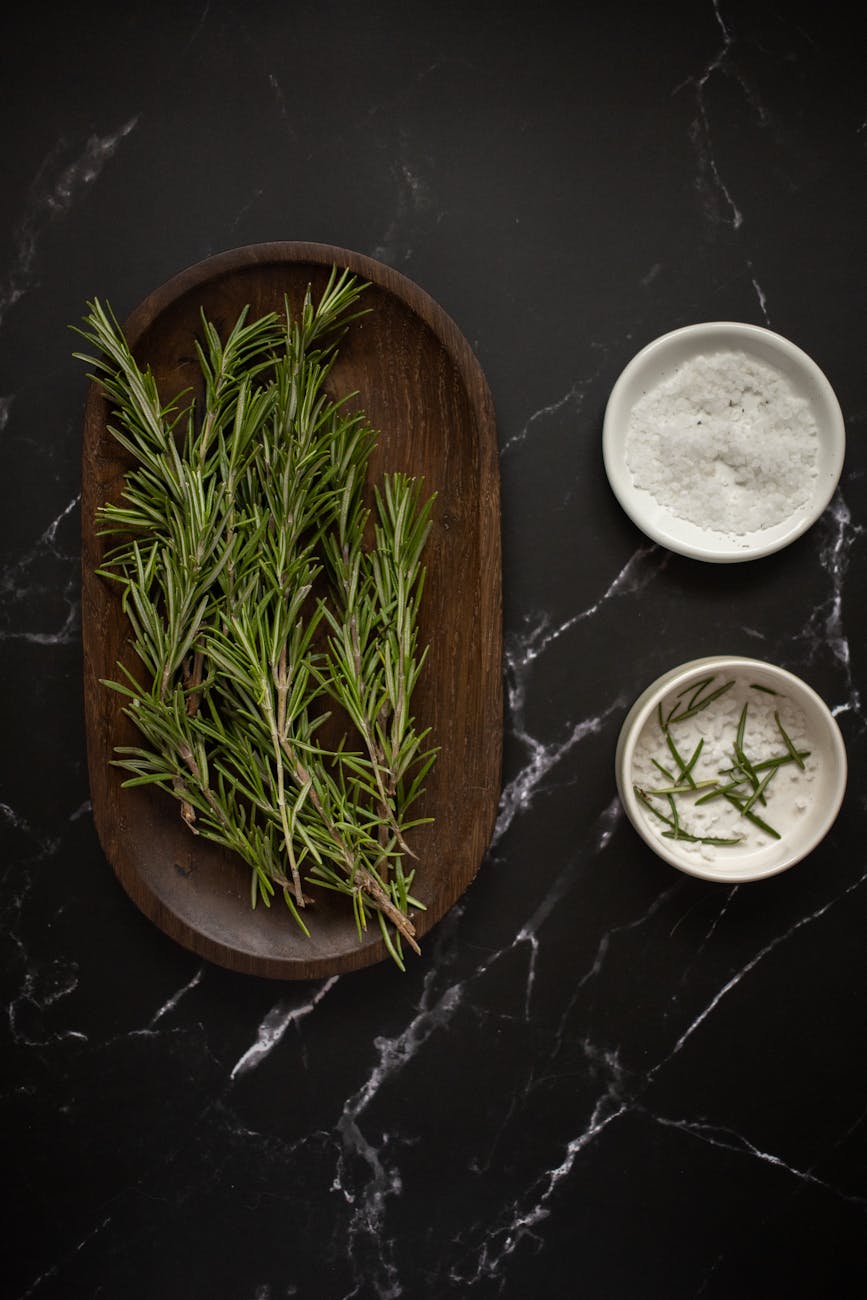
Rosemary
Delectable fragrance aside, rosemary contains a dense combination of polyphenols shown to be beneficial for many inflammatory conditions (including joint pain and stiffness, asthma, arthritis, and skin conditions) due to its anti-inflammatory properties.
Cinnamon
Although there are two most well-known types of cinnamon (Ceylon and Cassia), only Cassia (the kind you can find in the grocery store) was found to reduce both inflammatory markers CRP and MDA.
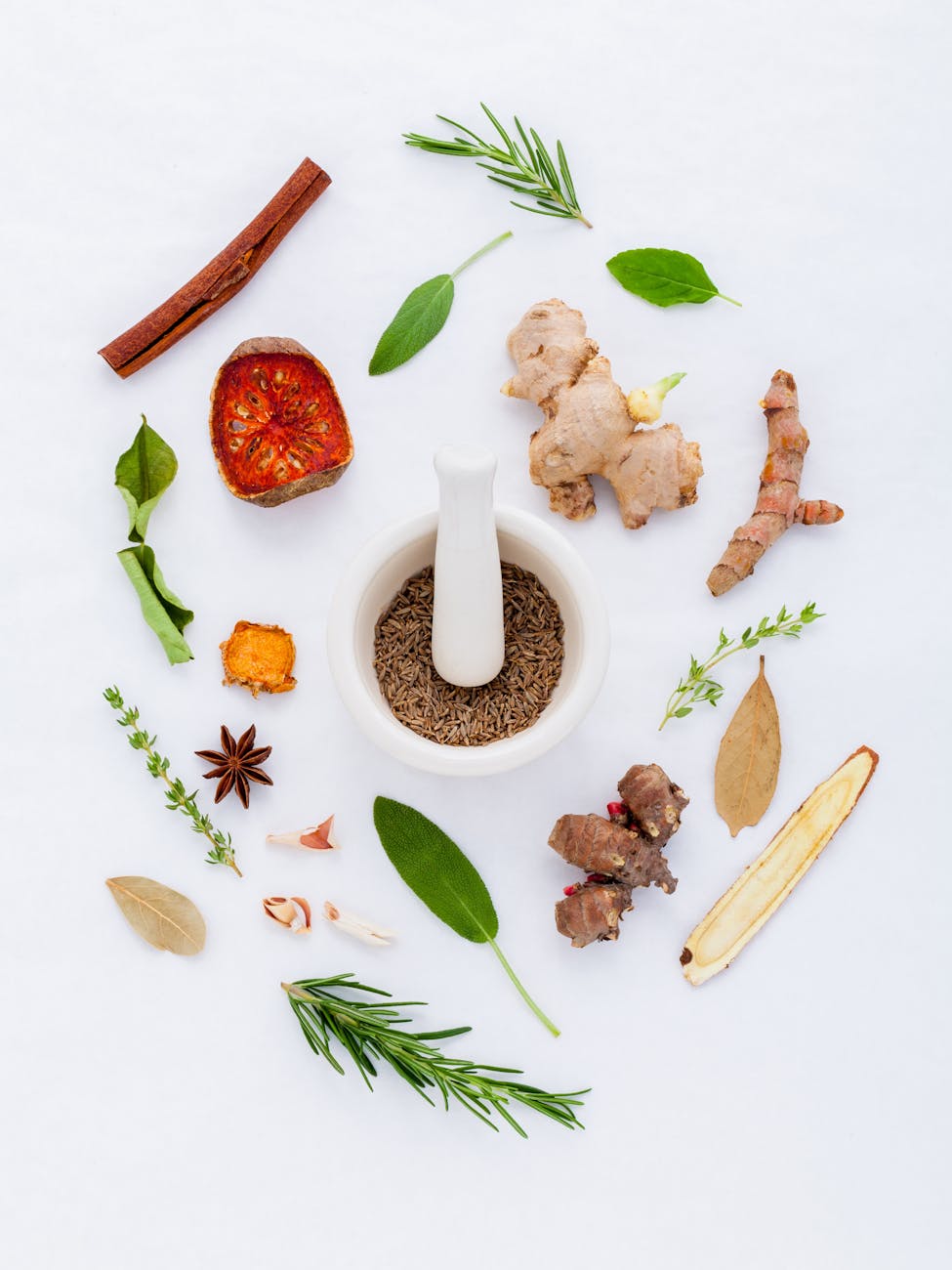
Ginger
Last but not least in herbs and supplements is ginger. This spicy but sweet ingredient contains over 100 active compounds that squash inflammation in the body. It’s prevalent in Asian dishes, but can be taken in supplement form as well.
Dark chocolate
Dark Chocolate contains antioxidants compounds. Flavonols are a tasty ingredient that helps to reduce inflammation and can also be useful for brain health. Choose 70% cacao to get the best benefits while avoiding added sugars.
Beverages
Coffee and tea contain many agents known for lowering inflammation, including EGCG (green tea) and chlorophyll. Good options are green tea, oolong, white, and ginger.
When consuming coffee or teas, be wary of turning a beverage with anti inflammatory agents into pro inflammatory compounds by creating sugary beverages. If you need these sweetened, add natural calorie-free sweeteners like stevia, monk fruit, or erythritol.
💡Read all about The Best Sugar Substitutes for Fighting Inflammation HERE.
Some insight on how an Anti-Inflammatory Diet Works
At its core, this style of eating looks a lot like the Mediterranean Diet (plant-heavy, fish, healthy oils) but refined based on your personal needs. That might mean:
- Cutting out sugar and processed foods first (everyone benefits from this).
- Testing controversial foods like dairy, soy, or grains with an elimination diet if symptoms persist.
- Building meals that keep blood sugar steady throughout the day.
👉 Want the full roadmap? Get my Quick-Start Guide. It’s the easiest way to stop guessing and start feeling the difference in just a week.
Discover My Unique 4-Pronged Approach to the Anti-Inflammatory Diet So You Can Get Started Immediately (Without Getting Overwhelmed or Cleaning Out Your Entire Pantry)
- Why a full-scale pantry clean out is NOT the best way to start your anti-inflammatory journey, and the steps you can take instead to make sure you’re fueling your body with foods that love you back
- The essential foods you MUST add into your diet if you want to nourish and heal your body naturally
- My anti-inflammatory shopping list so you can quickly fill your cart with the right foods (no googling in the produce aisle or wasting hours staring at ingredient lists)
GET YOUR FREE
ANTI-INFLAMMATORY








